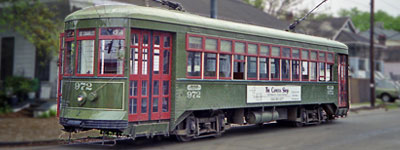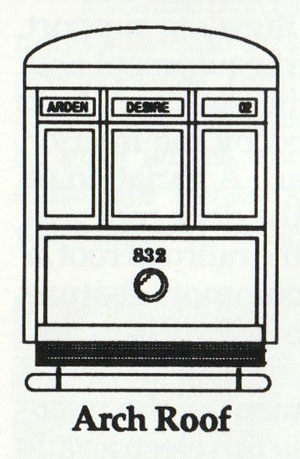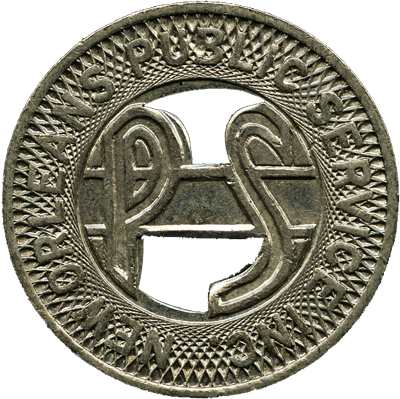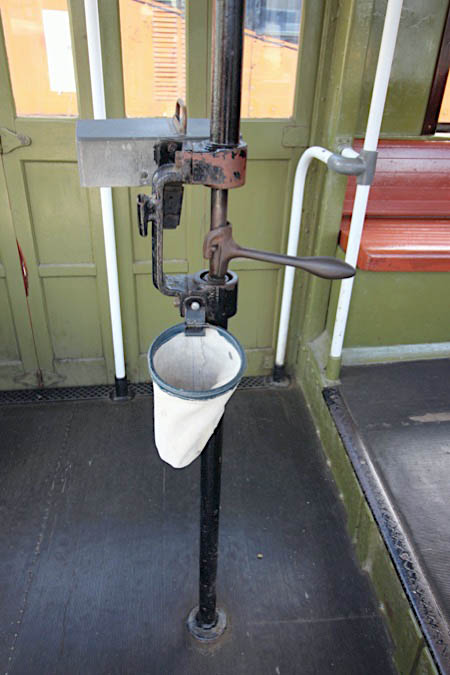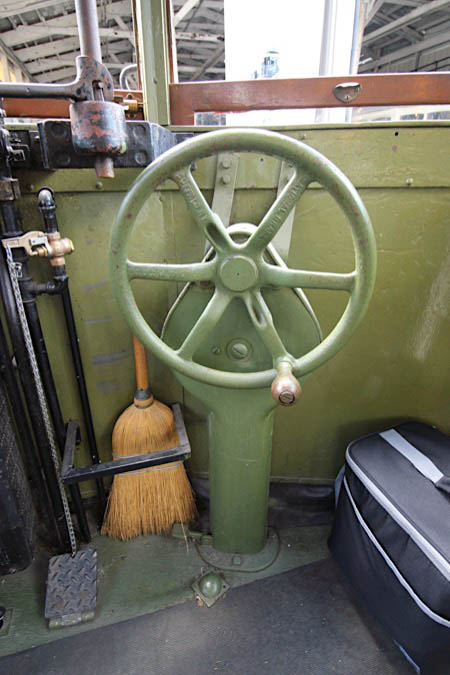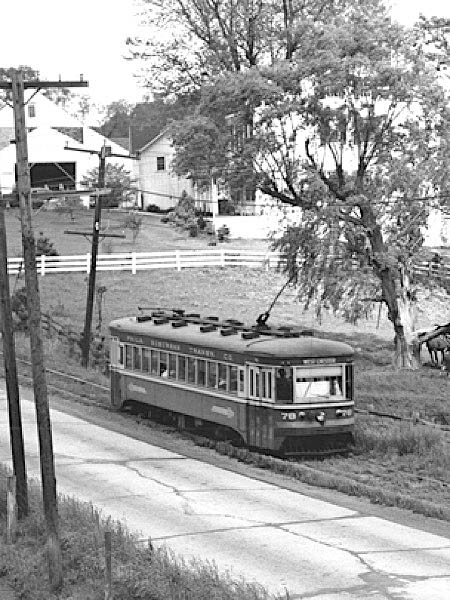
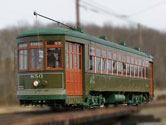

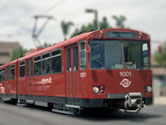




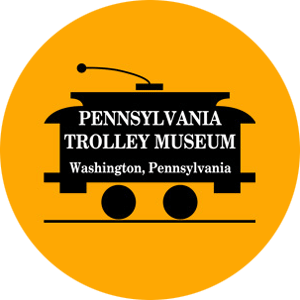 |
Pennsylvania Trolley Museum"Keeping the trolley experience alive for generations to come" |
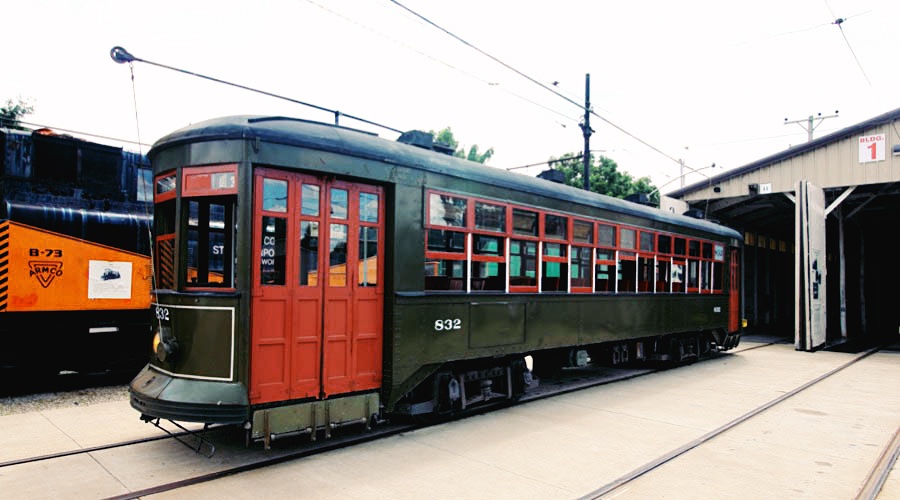
Washington, Pa / Jul 2019 / RWH

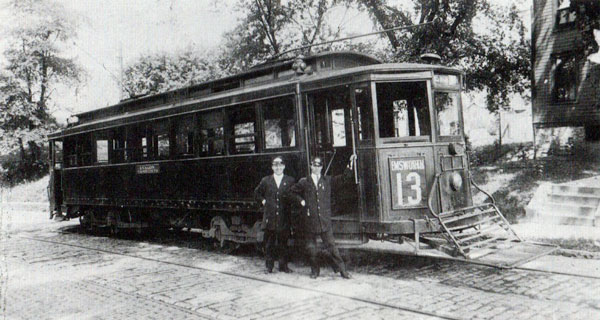
 ne of the vital forces in the development of American cities was the arrival of the electric streetcar at the end of the nineteenth century. Its quiet, efficient propulsion was far ahead of the transport of the time, and its higher speeds made it possible for people to live much farther from their work than when they had to depend on walking or slow horse cars of that era. Cities expanded along the streetcar routes built out from their centers by promoters, and many of today's thriving suburban communities owe their existence to the streetcar. The streetcar served the city well, through two world wars and a depression, before affluence, America's love af- fair with the automobile, and manipulation by a consortium of high way interests, caused the decline of public transportation and the gradual disappearance of the streetcar.
ne of the vital forces in the development of American cities was the arrival of the electric streetcar at the end of the nineteenth century. Its quiet, efficient propulsion was far ahead of the transport of the time, and its higher speeds made it possible for people to live much farther from their work than when they had to depend on walking or slow horse cars of that era. Cities expanded along the streetcar routes built out from their centers by promoters, and many of today's thriving suburban communities owe their existence to the streetcar. The streetcar served the city well, through two world wars and a depression, before affluence, America's love af- fair with the automobile, and manipulation by a consortium of high way interests, caused the decline of public transportation and the gradual disappearance of the streetcar.
Pennsylvania Trolley Museum
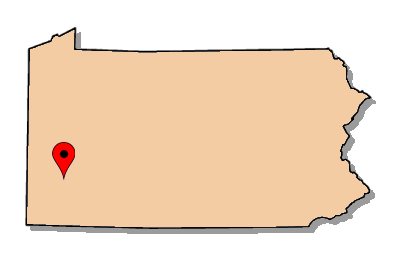
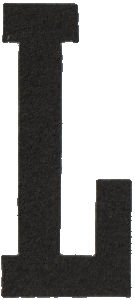
ocated south of Pittsburgh in the suburb of Washington, the Pennsylvania Trolley Museum features a large collection of streetcar, interurban, and industrial electric traction equipment representing operations from around the Commonwealth. Originally developed by three local trolley aficionados as the Pittsburgh Electric Railway Club, in 1963 their assemblage of cars became the Arden Trolley Museum. An ever-expanding collection of equipment and physical footprint prompted a final renaming in the early 1990s, and today the museum boasts a continuous 5' 2.5" "Pennsylvania broad gauge" running track with turnaround loops at each end, passing sidings, and several car barns for storage and display. A battalion of volunteers operate the trolleys and conducts tours of the facilities. The museum sits adjacent to the Pittsburgh & Ohio Central mainline. Of special interest to HawkinsRails, the museum owns a New Orleans streetcar, Pearly Thomas #832, formerly used on various lines in New Orleans including the Desire line — featured in the film A Streetcar Named Desire based on the play by Tennessee Williams.

See also our complete Pennsylvania Trolley Museum featured scrapbook in Preservation
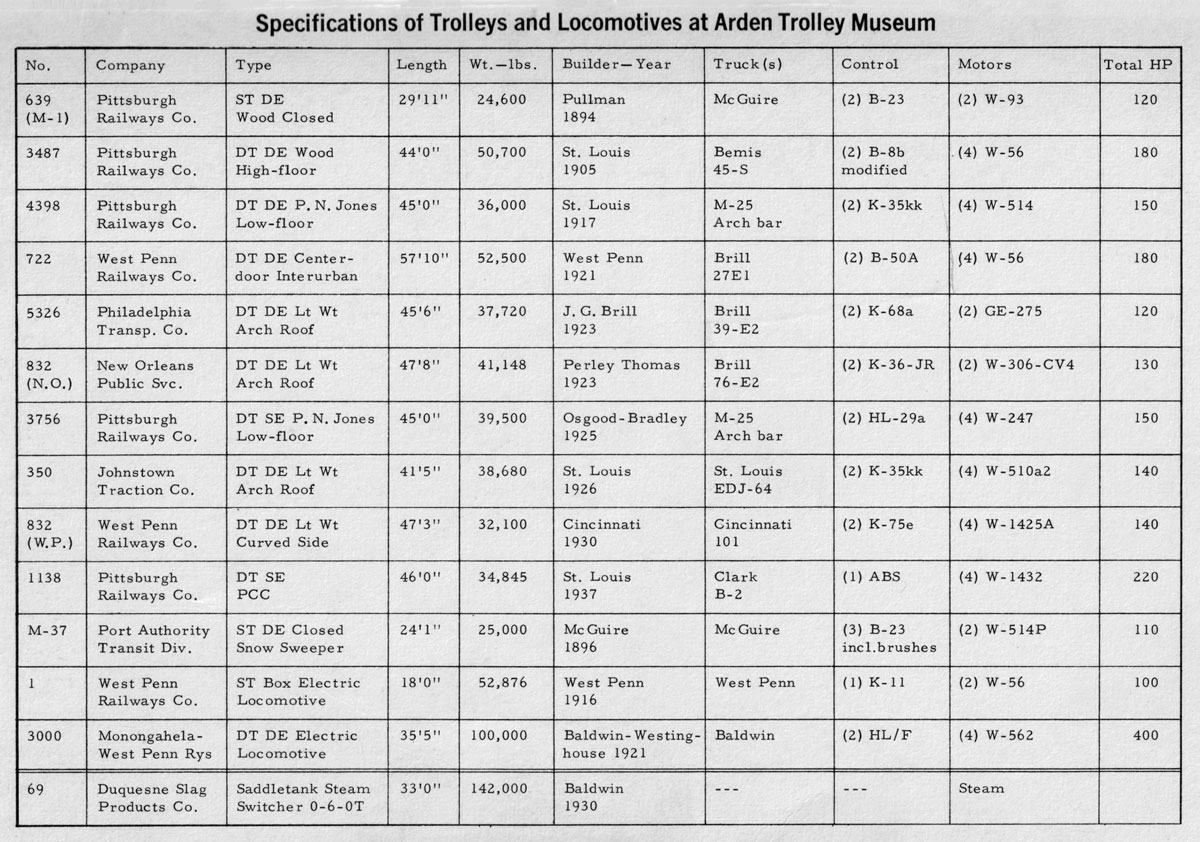
1967 Arden equipment roster / collection

Pennsylvania Trolley Museum
 NOPSI #832
NOPSI #832
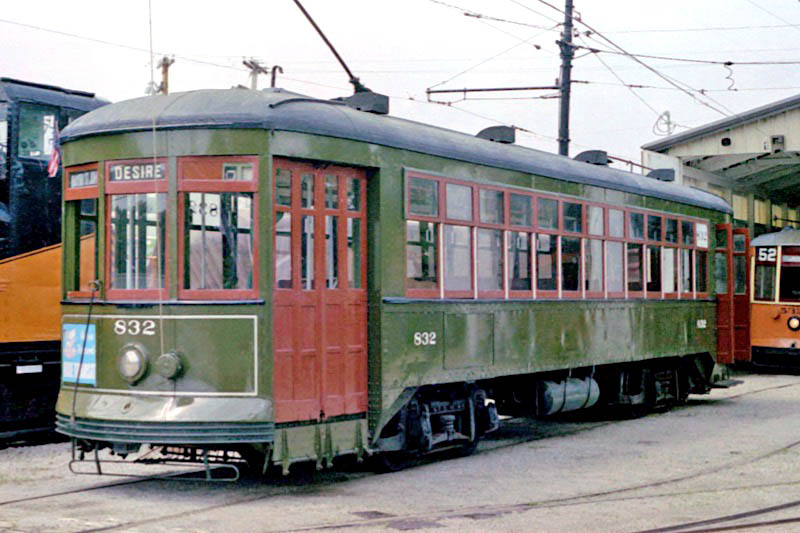
New Orleans Public Service #832
Washington, Pa / June 2003 / RWH


New Orleans Public Service #832
retired from service, 1964
to Pennsylvania Trolley Museum, 1964
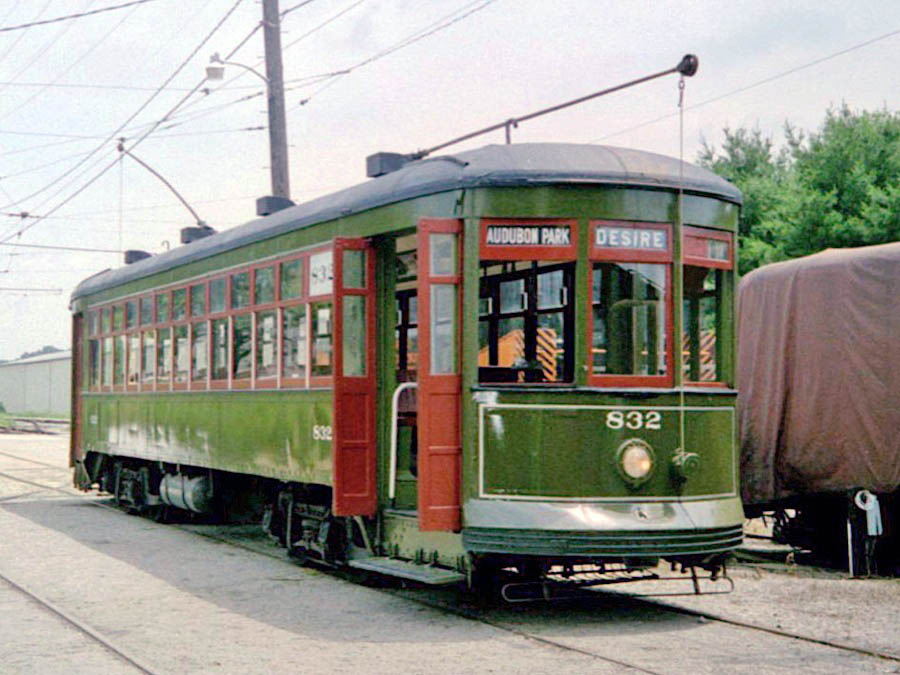
Washington, Pa / Jun 2003 / RWH
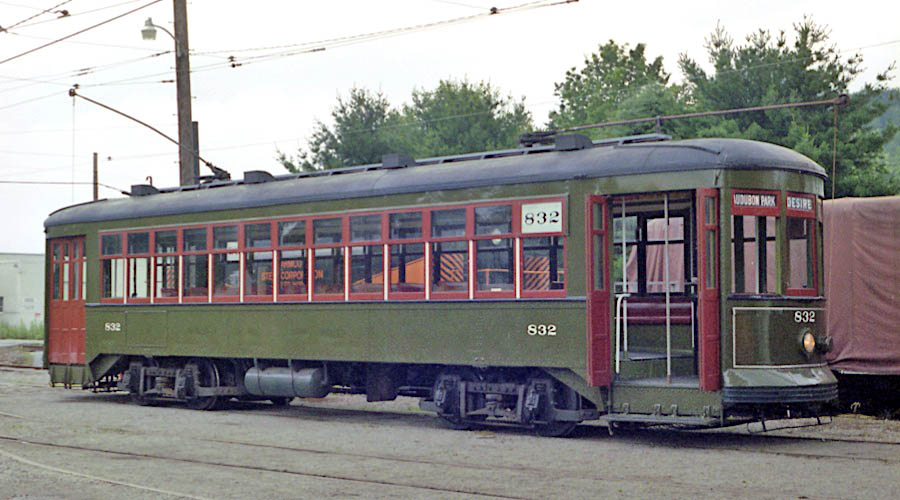
Washington, Pa / Jun 2003 / RWH
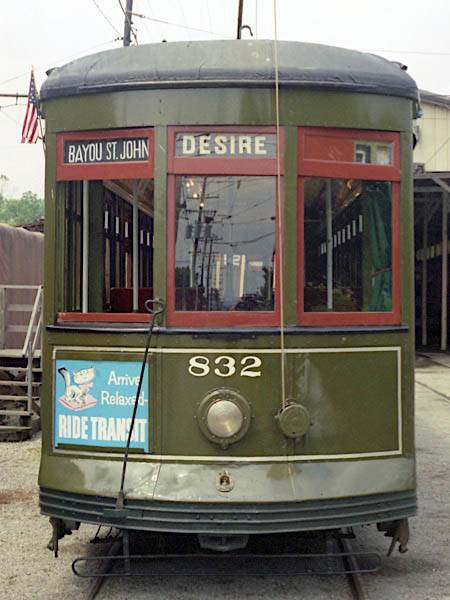
Jun 2003 / RWH

Jun 2003 / RWH

Washington, Pa / Jun 2003 / RWH

collection
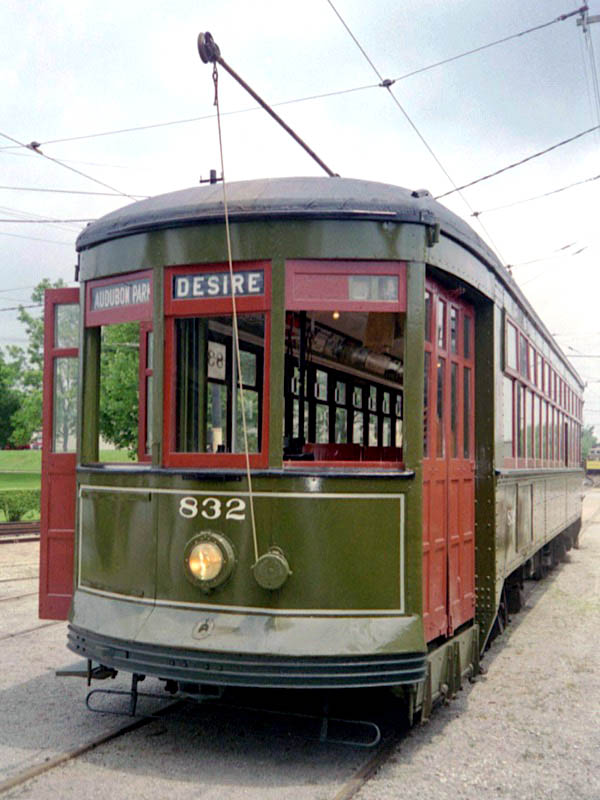
Washington, Pa / Jun 2003 / RWH

Washington, Pa / Jun 2003 / RWH

from Pennsylvania Trolley Museum history / collection

Washington, Pa / Jul 1982 / collection
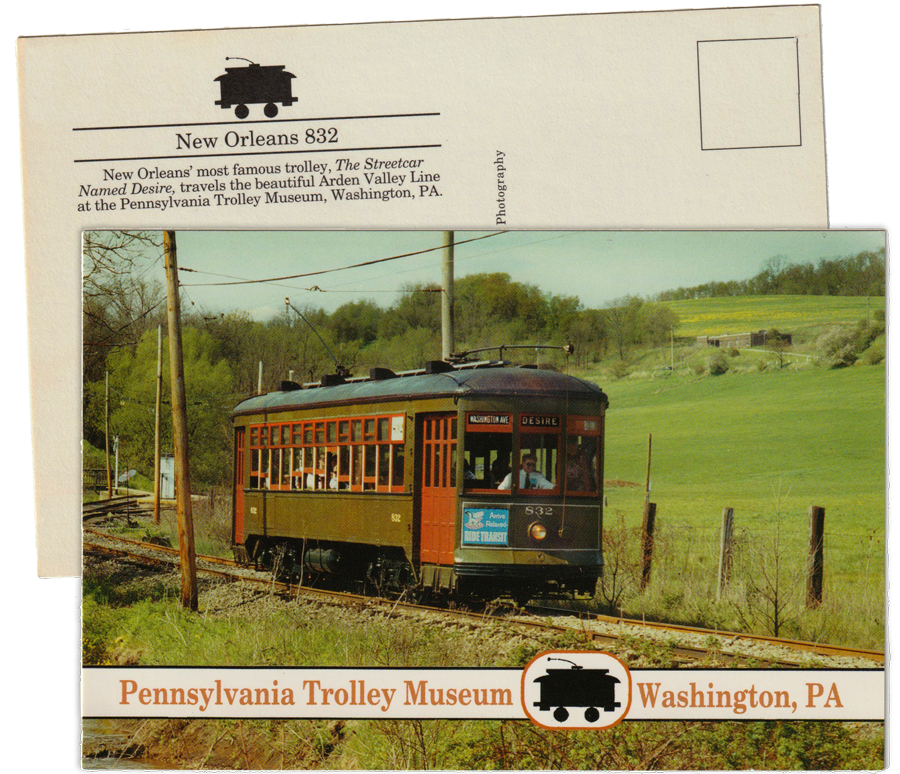
postcard / collection

Washington, Pa / Jul 2019 / RWH
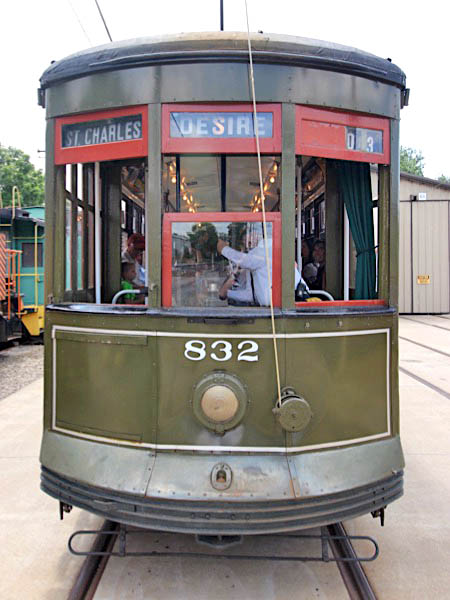
Jul 2019/ RWH
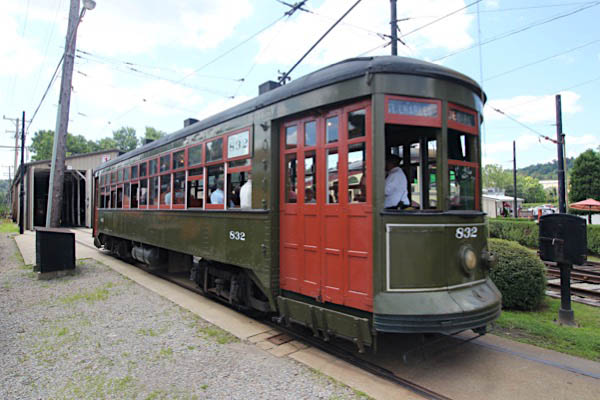
Washington, Pa / Jul 2019 / RWH
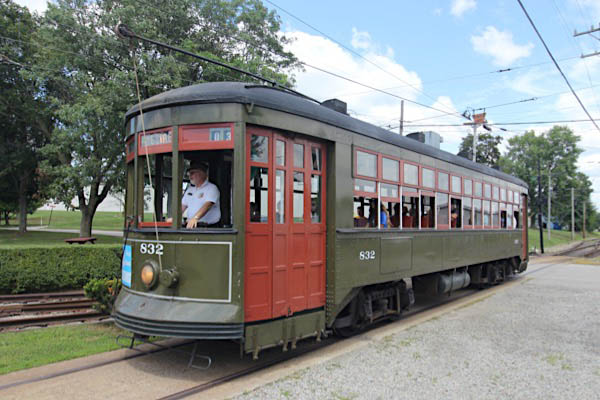
Washington, Pa / Jul 2019 / RWH
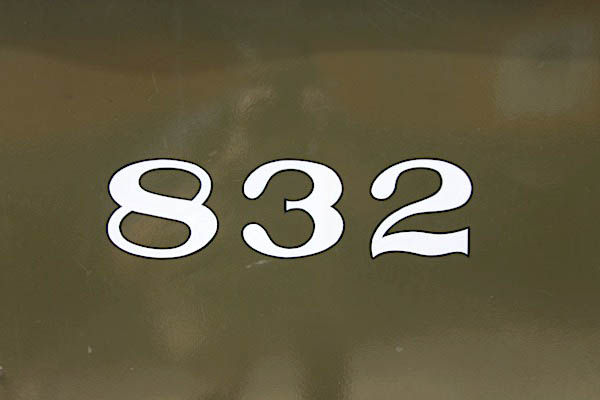

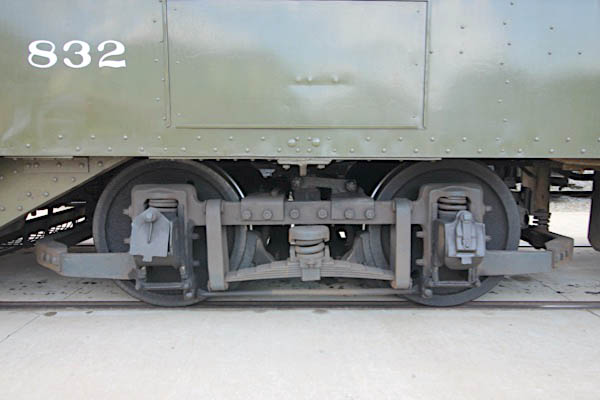
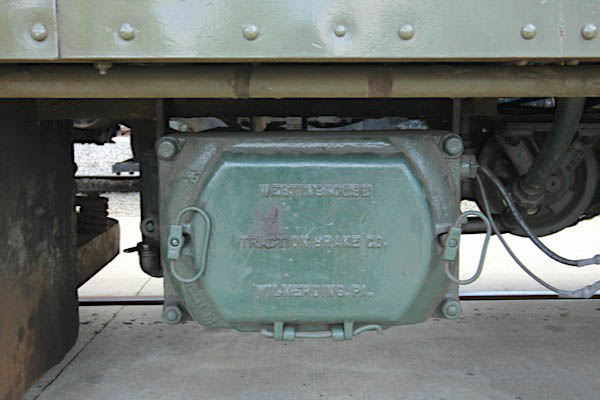
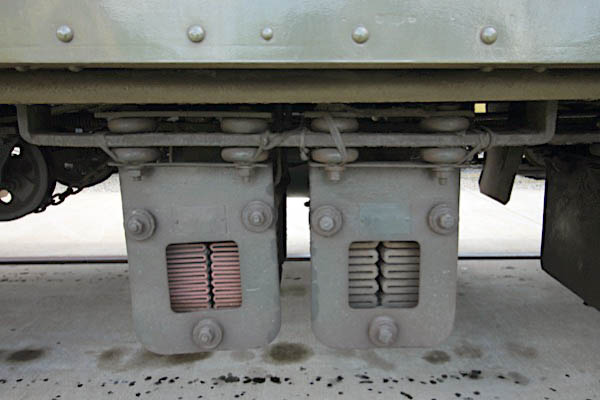
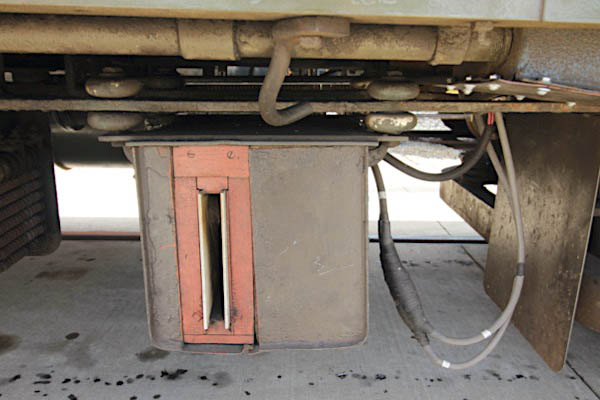
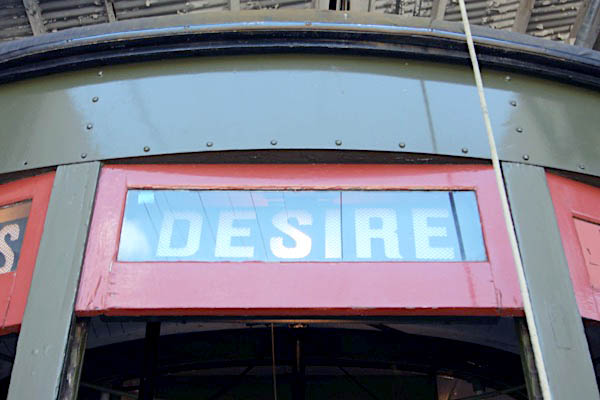
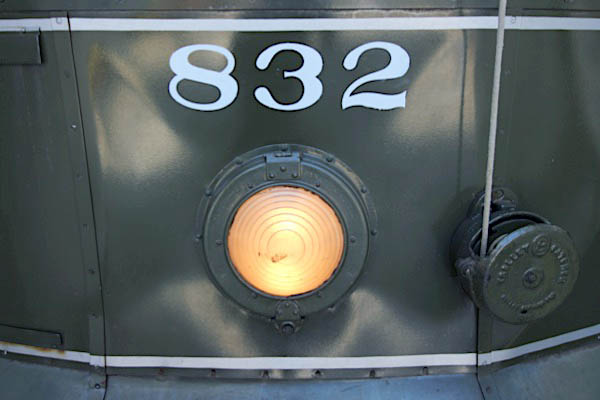
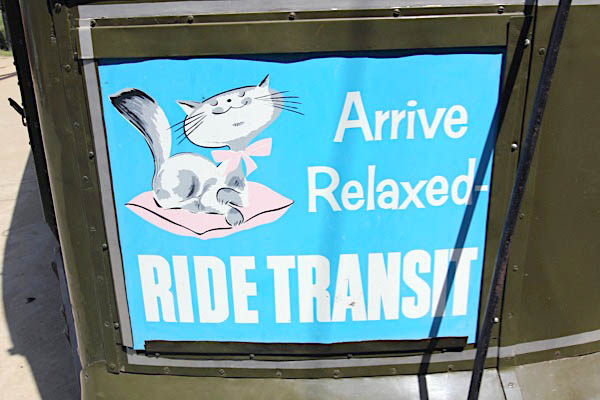
Jul 2019 / RWH
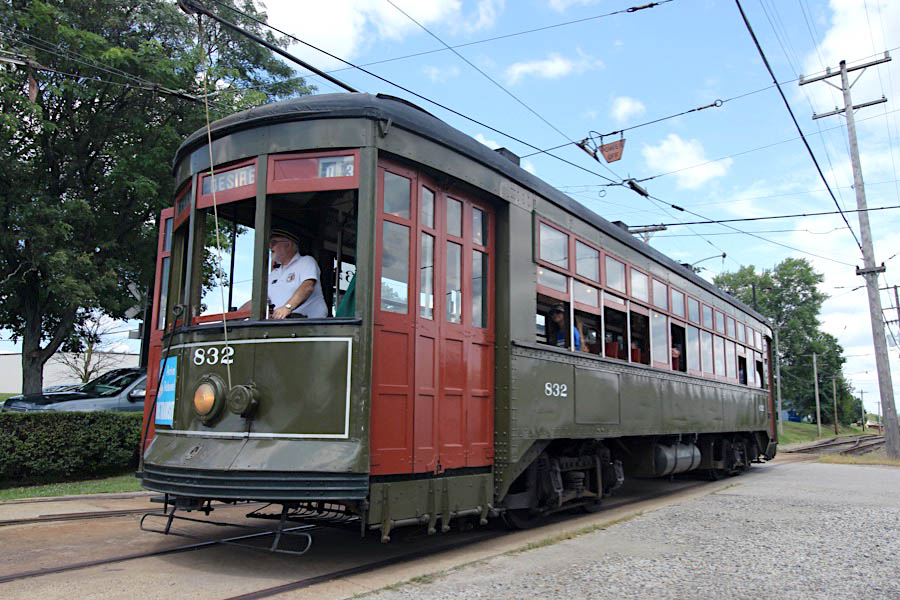
Washington, Pa / Jul 2019 / RWH
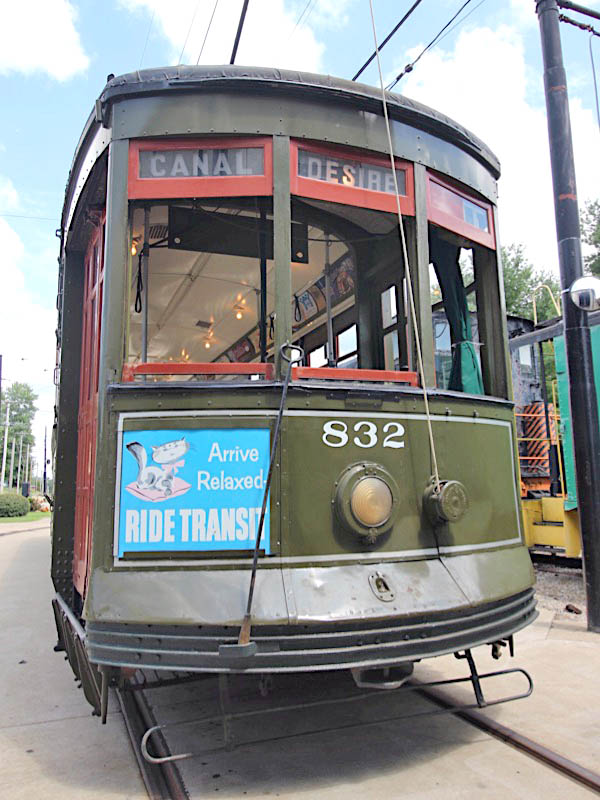
Jul 2019 / RWH
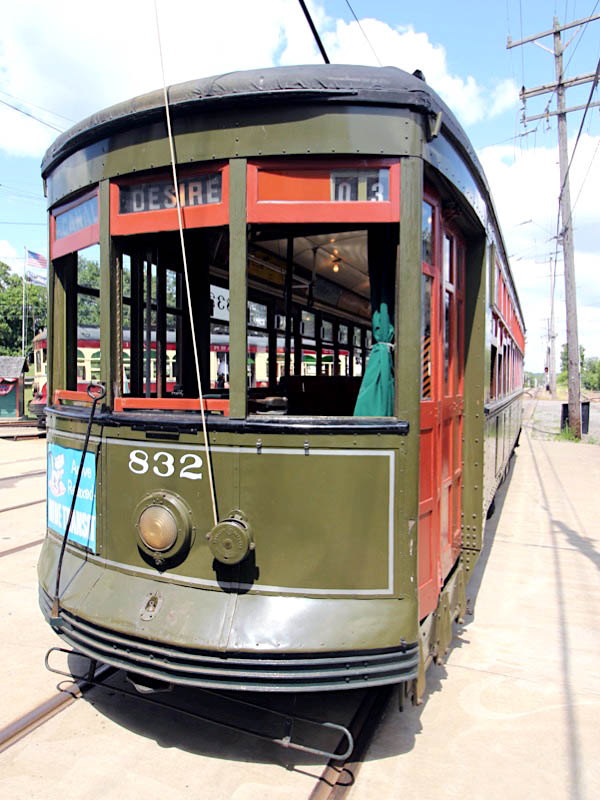
Jul 2019 / RWH
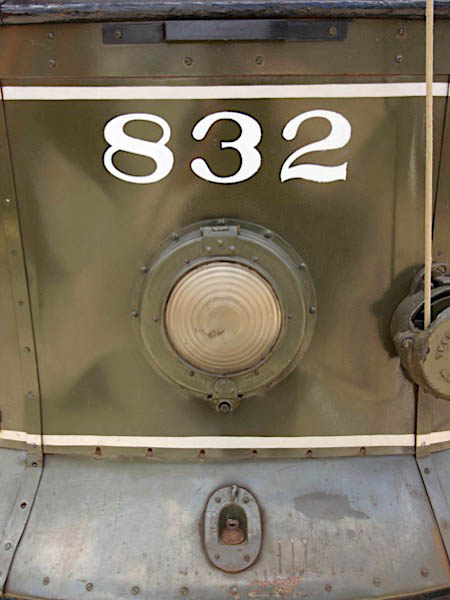
Jul 2019 / RWH
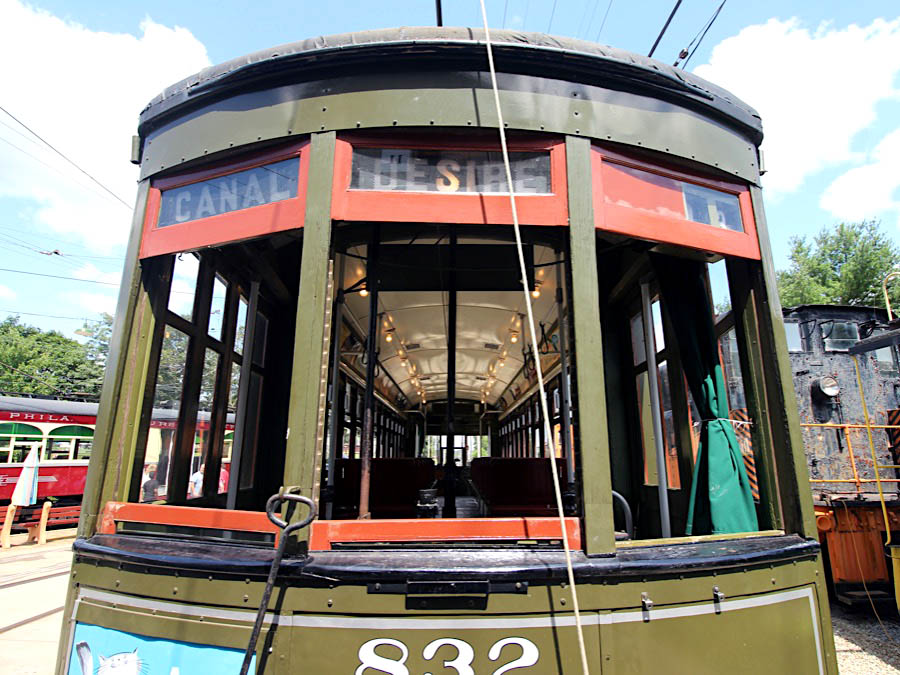
Jul 2019 / RWH
 A Peak inside a Inside Pearly Thomas
A Peak inside a Inside Pearly Thomas
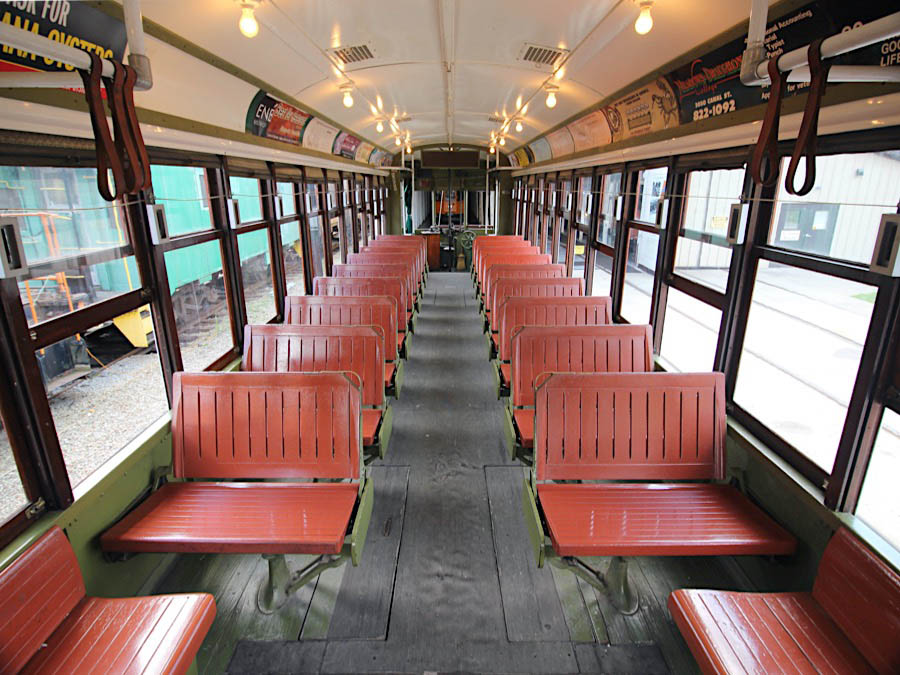
Jul 2019 / RWH
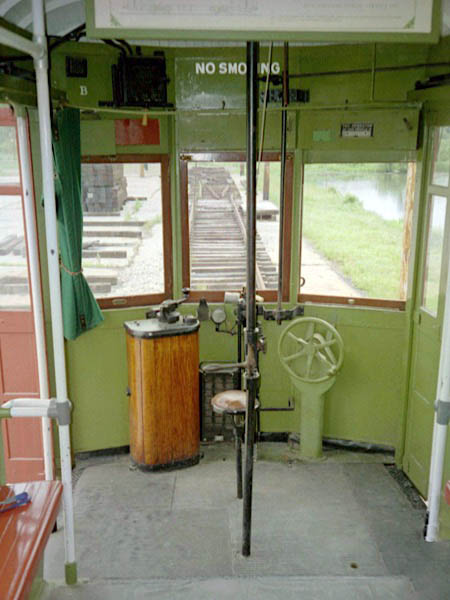
Jun 2003 / RWH
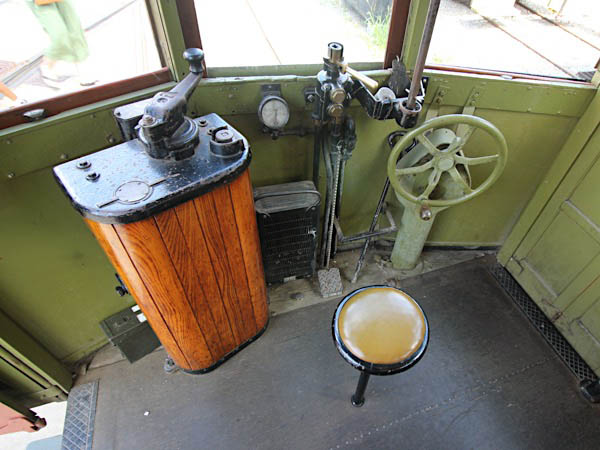
Jul 2019 / RWH
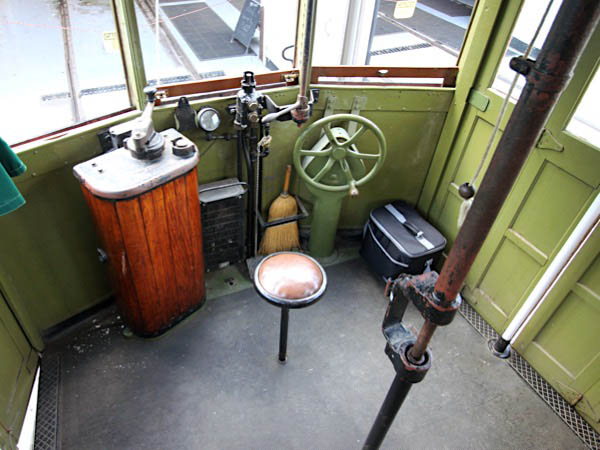
Jul 2019 / RWH
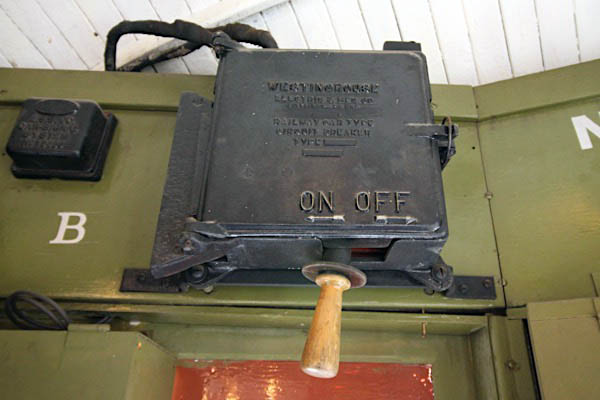
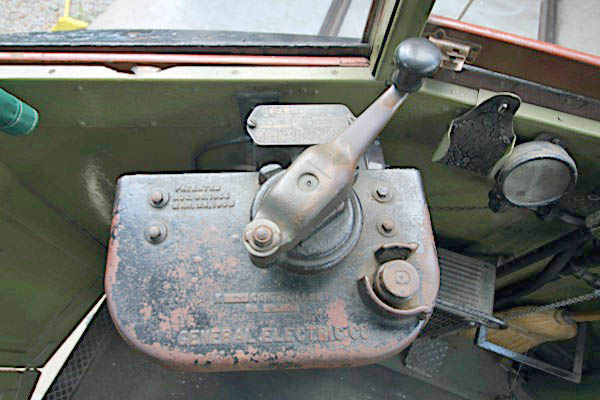
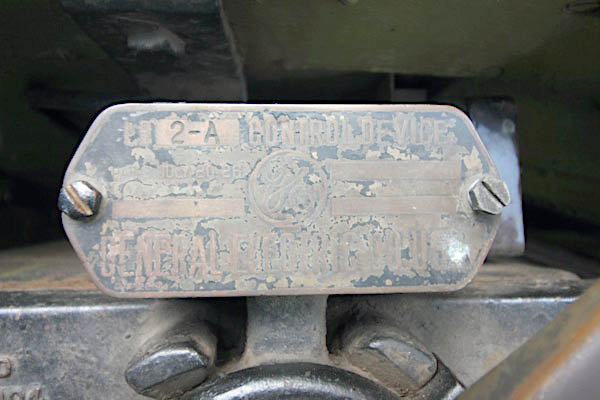
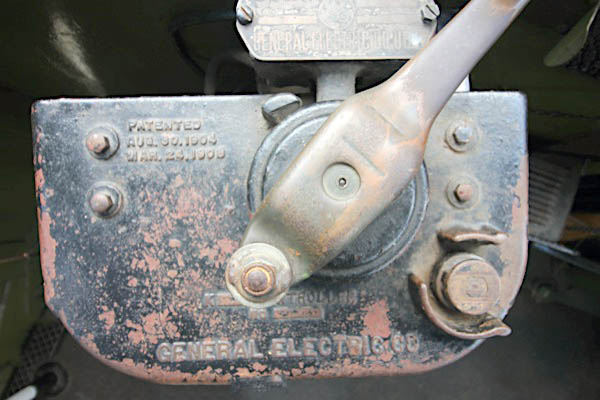

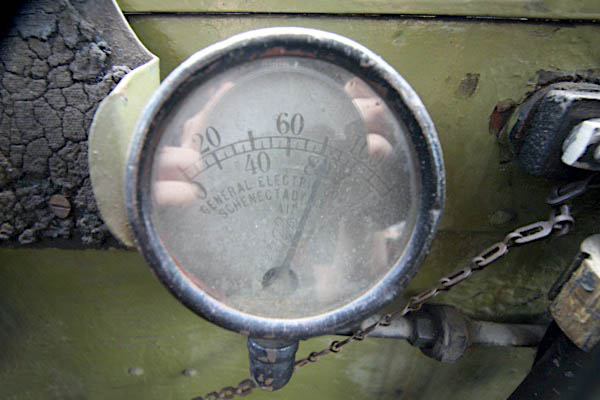
Jul 2019 / RWH

Jul 2019 / RWH
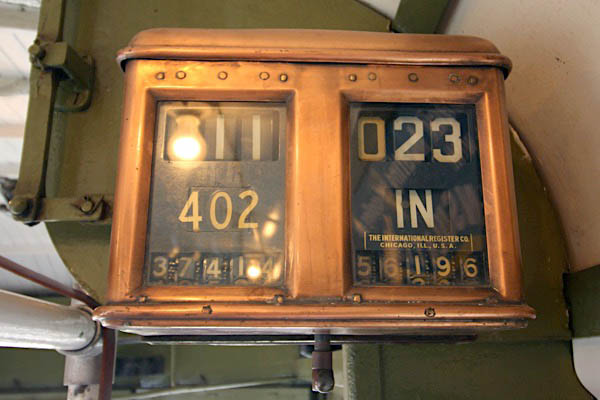
Jul 2019 / RWH
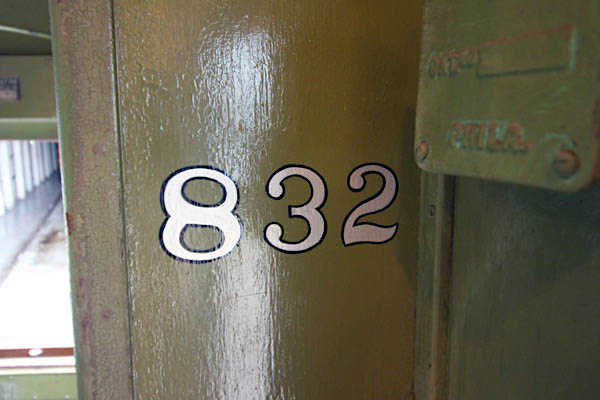
Jul 2019 / RWH
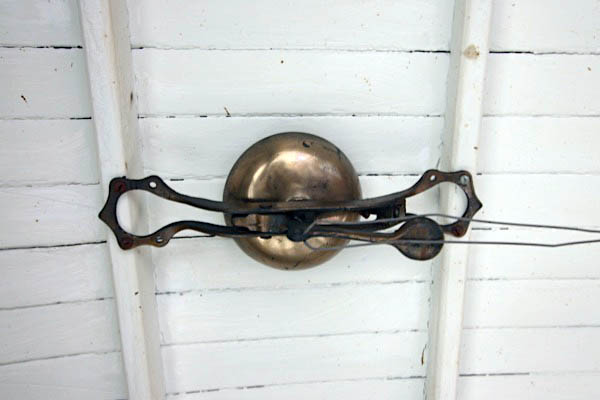

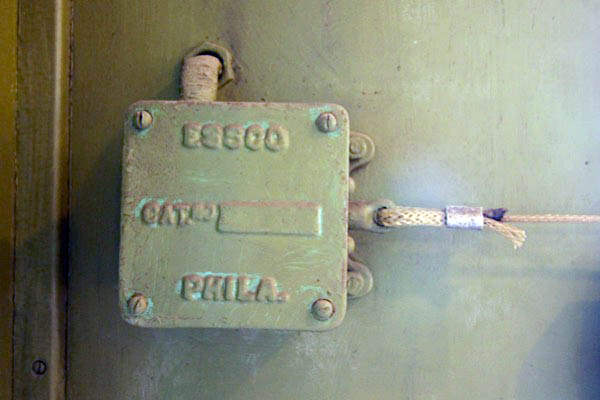
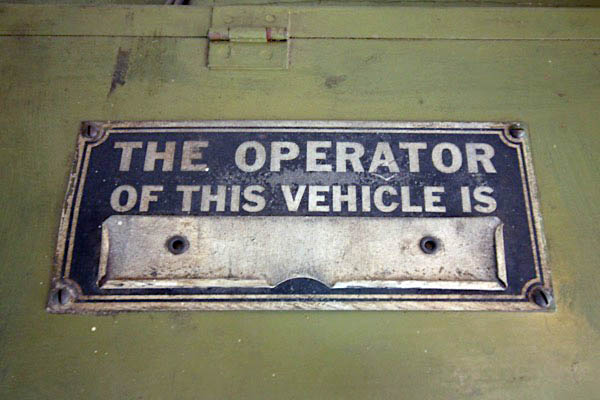
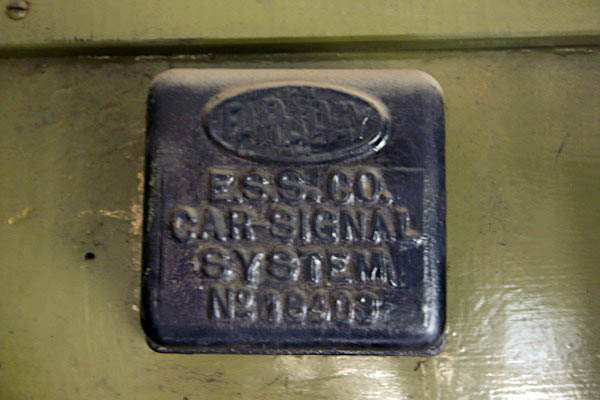
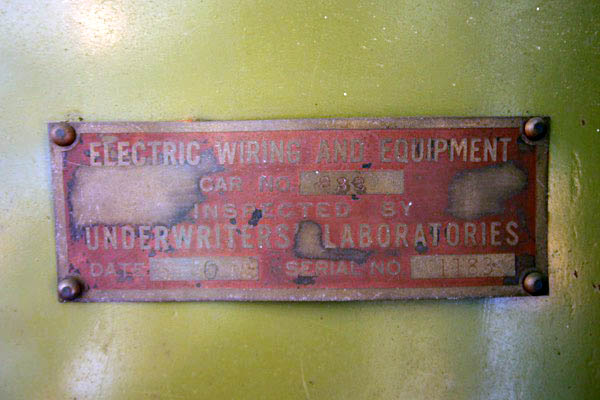
Jul 2019 / RWH

Jul 2019 / RWH
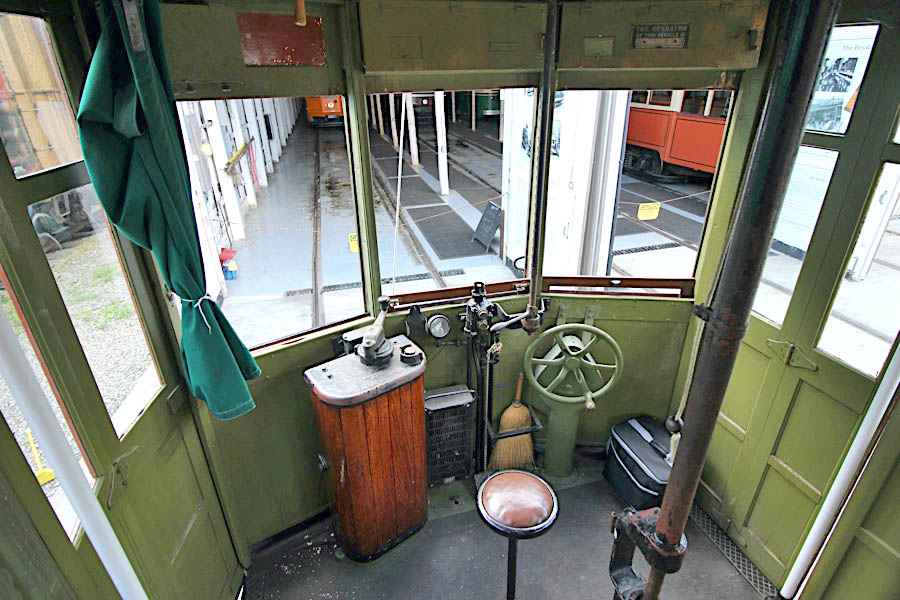
Jul 2019 / RWH
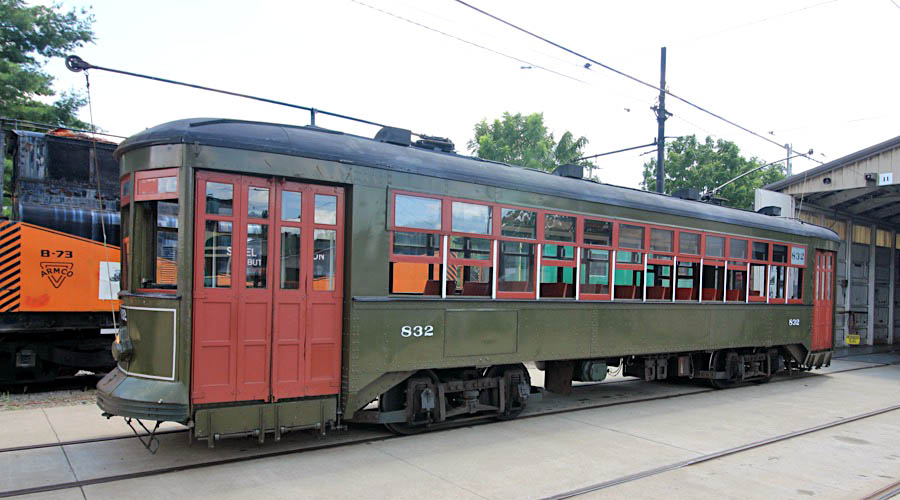
Washington, Pa / Jul 2019 / RWH
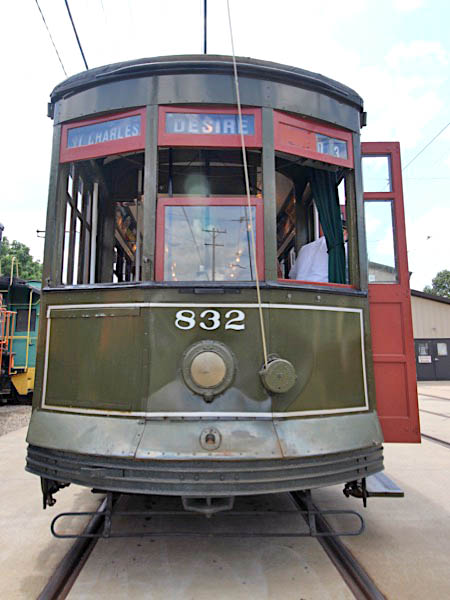
Jul 2019 / RWH

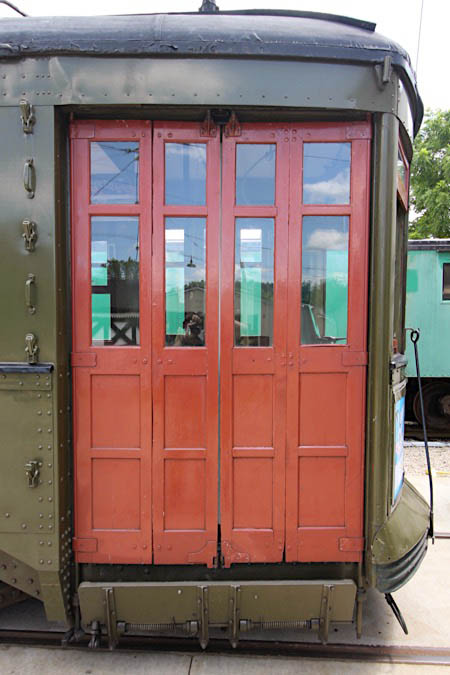
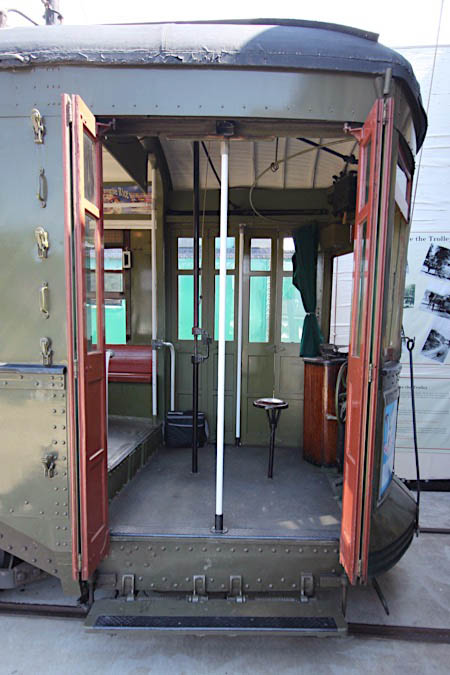
Jul 2019 / RWH

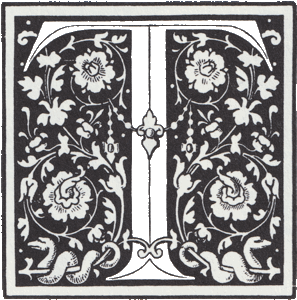 he compatibility of track gauge and the age and excellent condition of the equipment moved the Pennsylvania Trolley Museum to express interest in obtaining one of these cars, eight years before they became available. Because of its long-standing interest, PTM was given first choice of the cars being retired.
he compatibility of track gauge and the age and excellent condition of the equipment moved the Pennsylvania Trolley Museum to express interest in obtaining one of these cars, eight years before they became available. Because of its long-standing interest, PTM was given first choice of the cars being retired.
The Museum’s interest in car 832 came from the fact that in December 1947, it had been featured in a Life Magazine article when Tennessee Williams’ play “A Streetcar Named Desire” debuted on Broadway. Three years later, a magazine article identified 832 as the car regularly assigned to operation on the Desire line. Although the Desire Street line quit operation in 1948, the play and movie continue to bring fame to New Orleans streetcars. Sister car 922 was featured in the 1951 movie version staring Vivian Leigh and Marlon Brando; 922 was restored along with the other 34 "Thomas" cars and is still operated regularly on the St. Charles line in New Orleans.
New Orleans 832 was delivered to the museum by railroad in June 1964 and was almost immediately placed into operation because our museum track is the same gauge as New Orleans. NOPSI 832 is very similar in design to PRT 5326, having somewhat taller windows but with no protective guards.
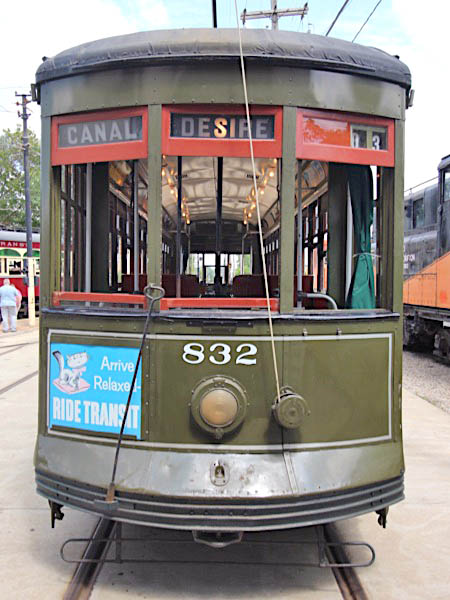
Jul 2019 / RWH

Washington, Pa / Jul 2019 / RWH

Washington, Pa / Jul 2019 / RWH
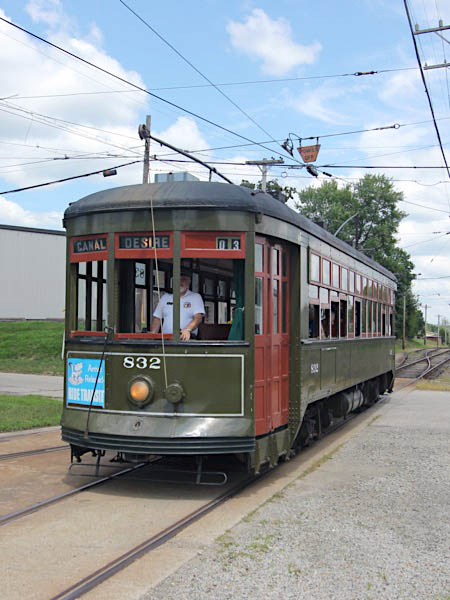
Jul 2019 / RWH

See also our complete New Orleans Streetcar 'Away from Home' scrapbook in Streetcars
 PSTC #66
PSTC #66
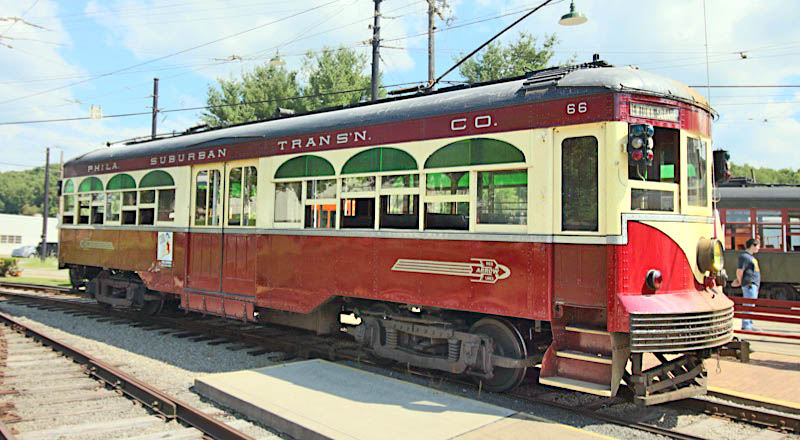
Philadelphia Suburban Transportation Co #66
Washington, Pa / Jul 2019 / RWH


Philadelphia Suburban Transportation Co #66
to Philadelphia Suburban Trans Co
to Southeastern Penn Trans Authority
to Pennsylvania Trolley Museum, 1970
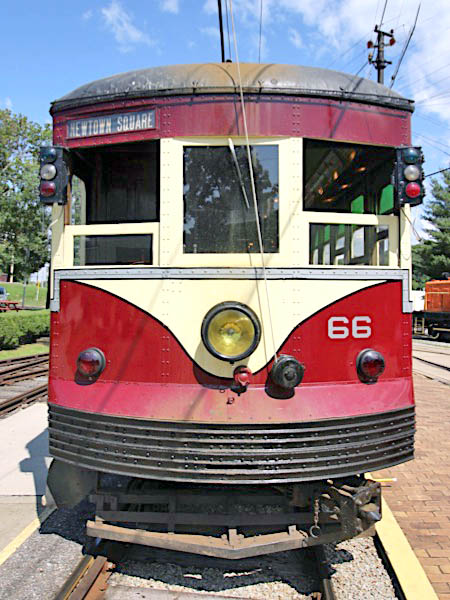
Jul 2019 / RWH
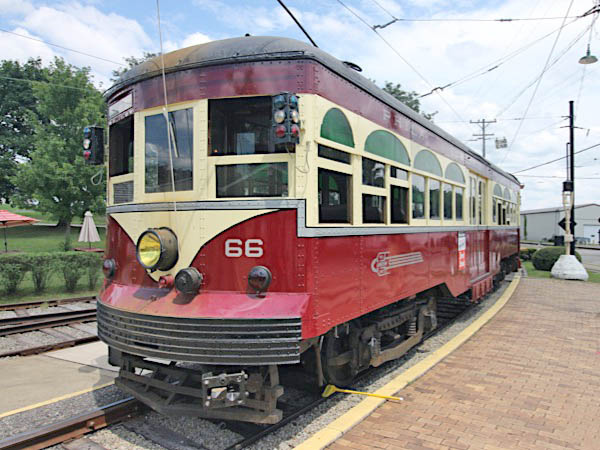
Washington, Pa / Jul 2019 / RWH

Washington, Pa / Jul 2019 / RWH
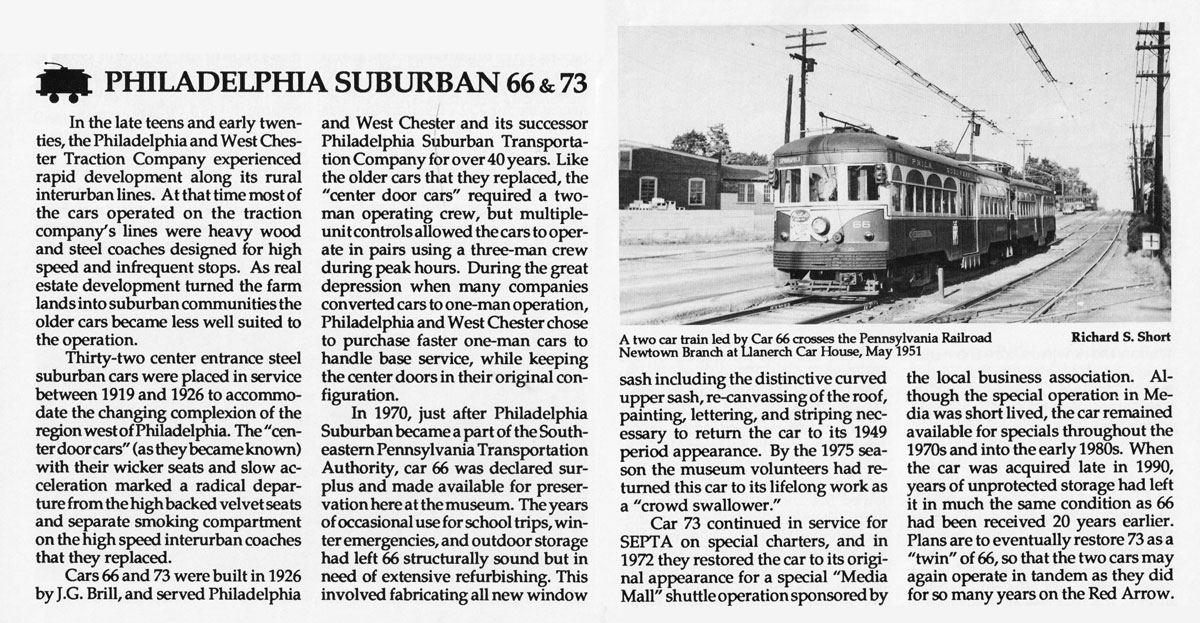
from Pennsylvania Trolley Museum history / collection
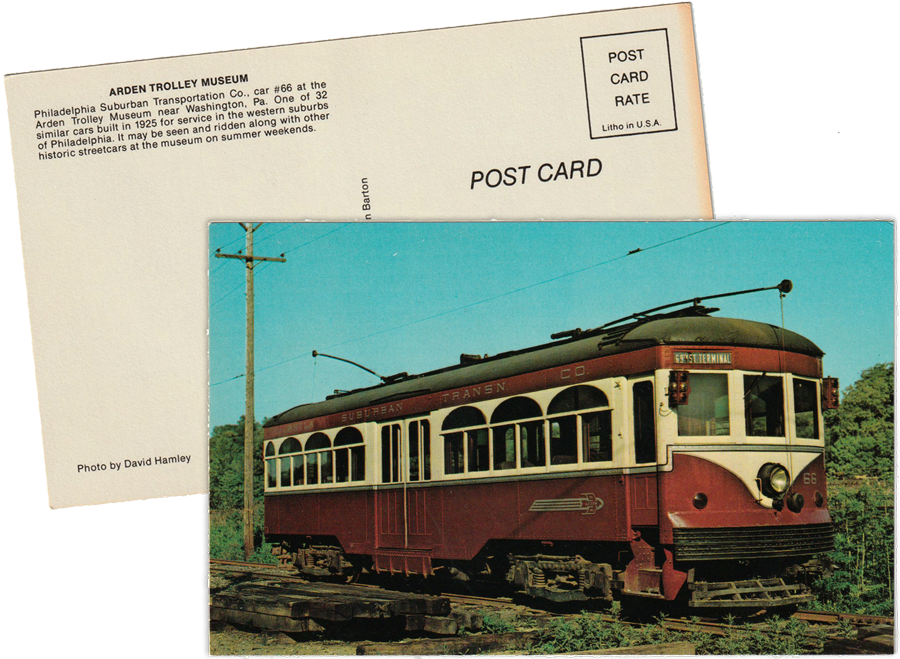
postcard / collection
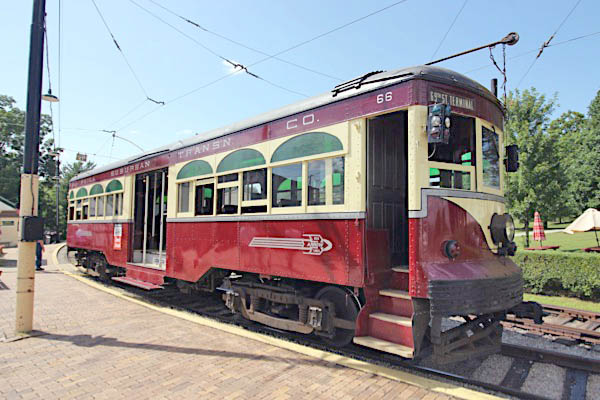
Washington, Pa / Jul 2019 / RWH
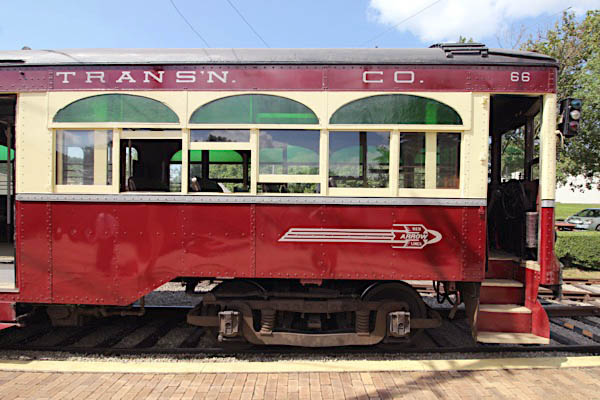
Jul 2019 / RWH

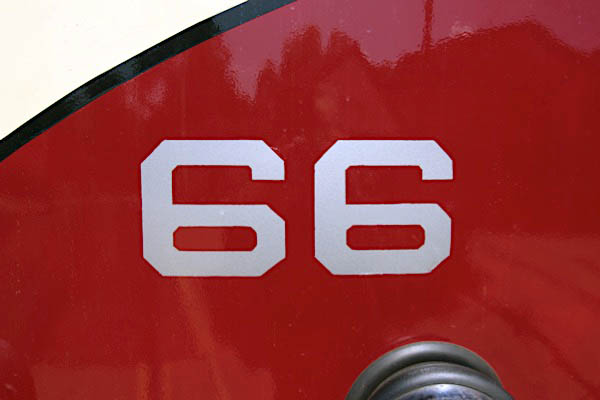
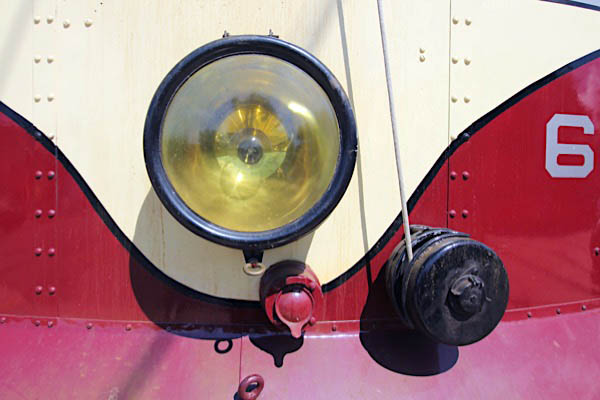
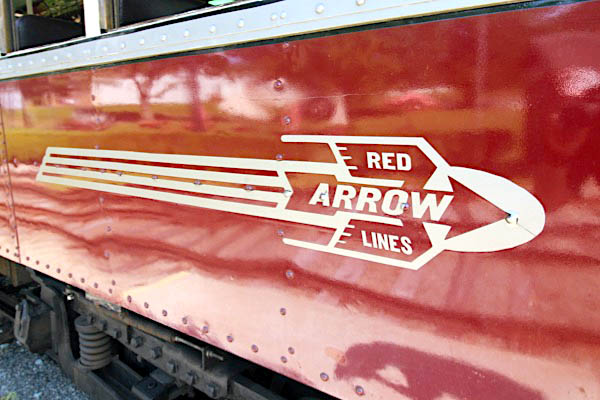
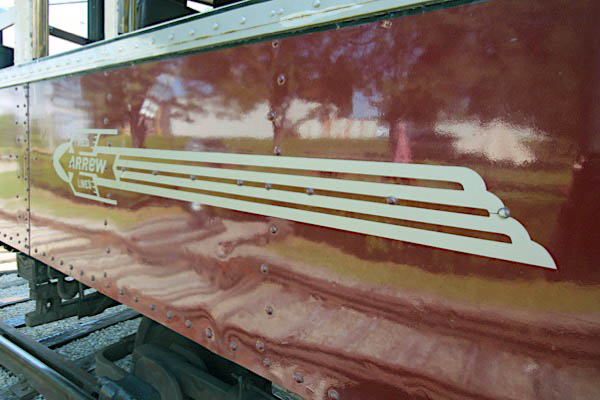
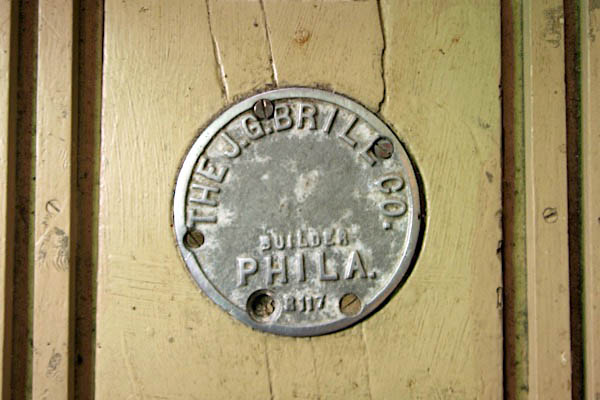
Jul 2019 / RWH
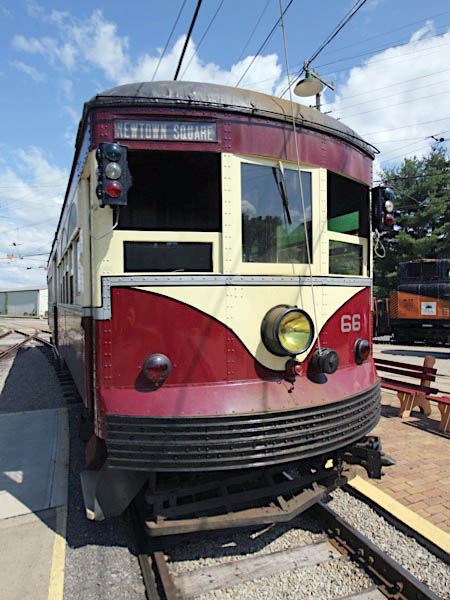
Jul 2019 / RWH
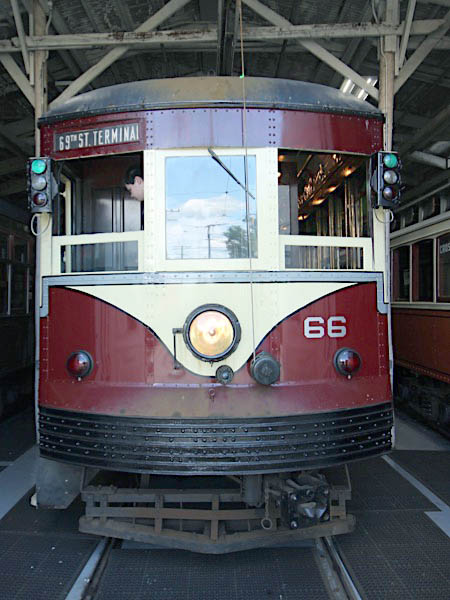
Jul 2019 / RWH
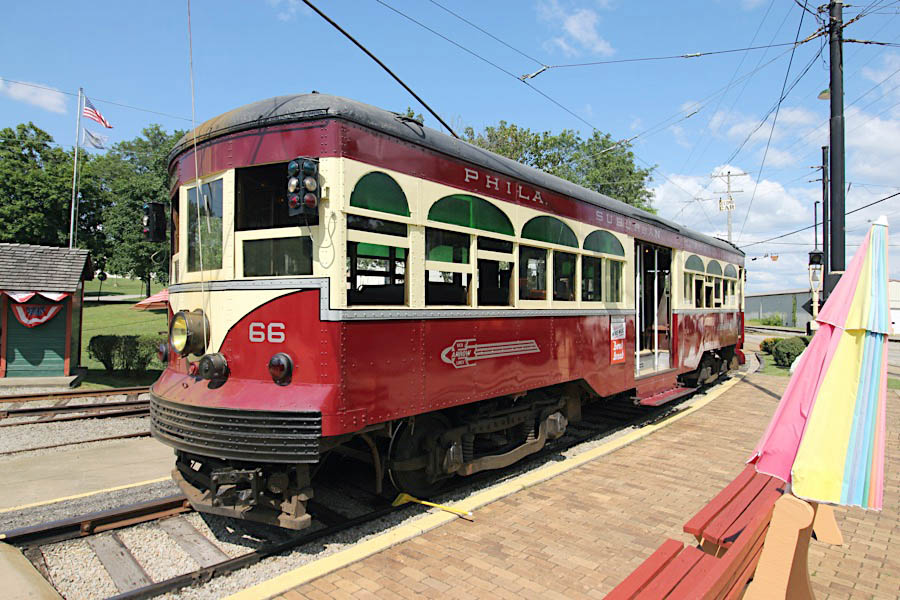
Washington, Pa / Jul 2019 / RWH

Jul 2019 / RWH

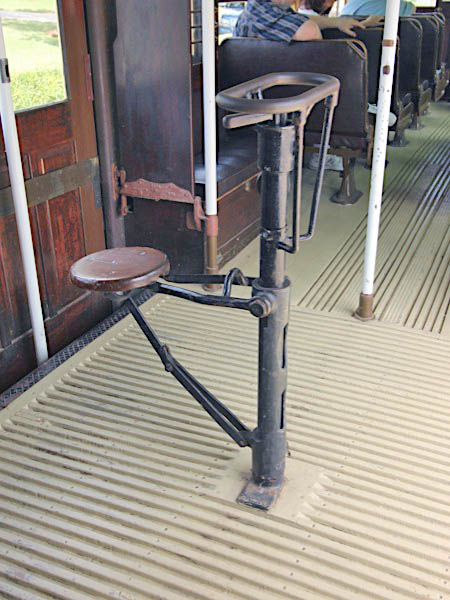
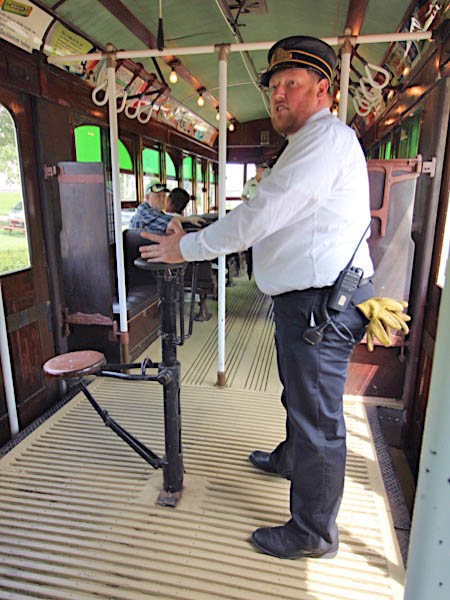
Jul 2019 / RWH

Jul 2019 / RWH
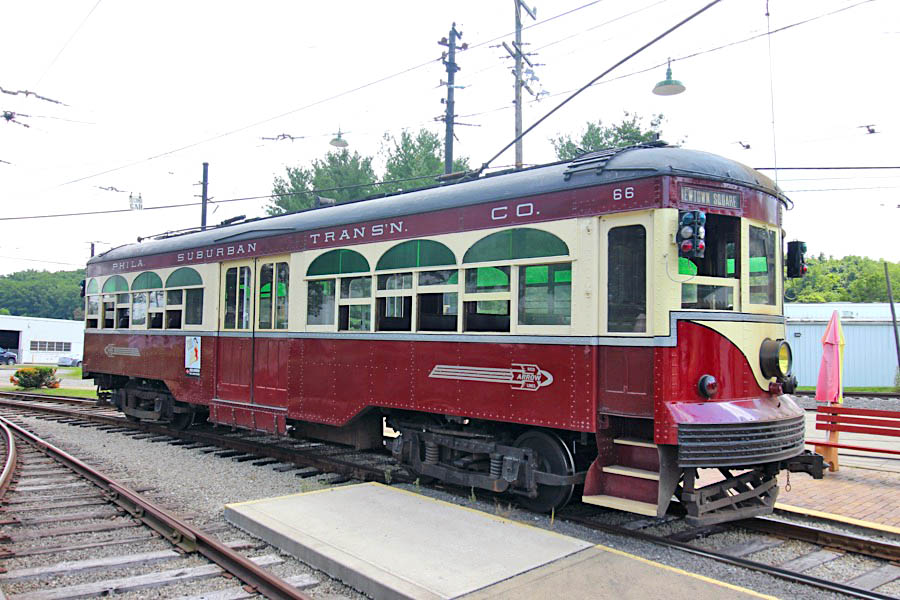
Washington, Pa / Jul 2019 / RWH
 P&WCT #78
P&WCT #78
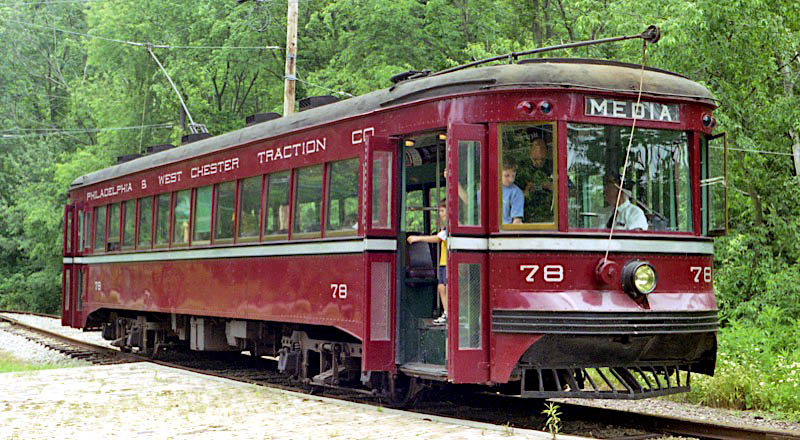
Philadelphia & West Chester Traction #78
Washington, Pa / June 2003 / RWH


Philadelphia & West Chester Traction #78
to Philadelphia Suburban Trans Co
to Pennsylvania Trolly Museum, 1982
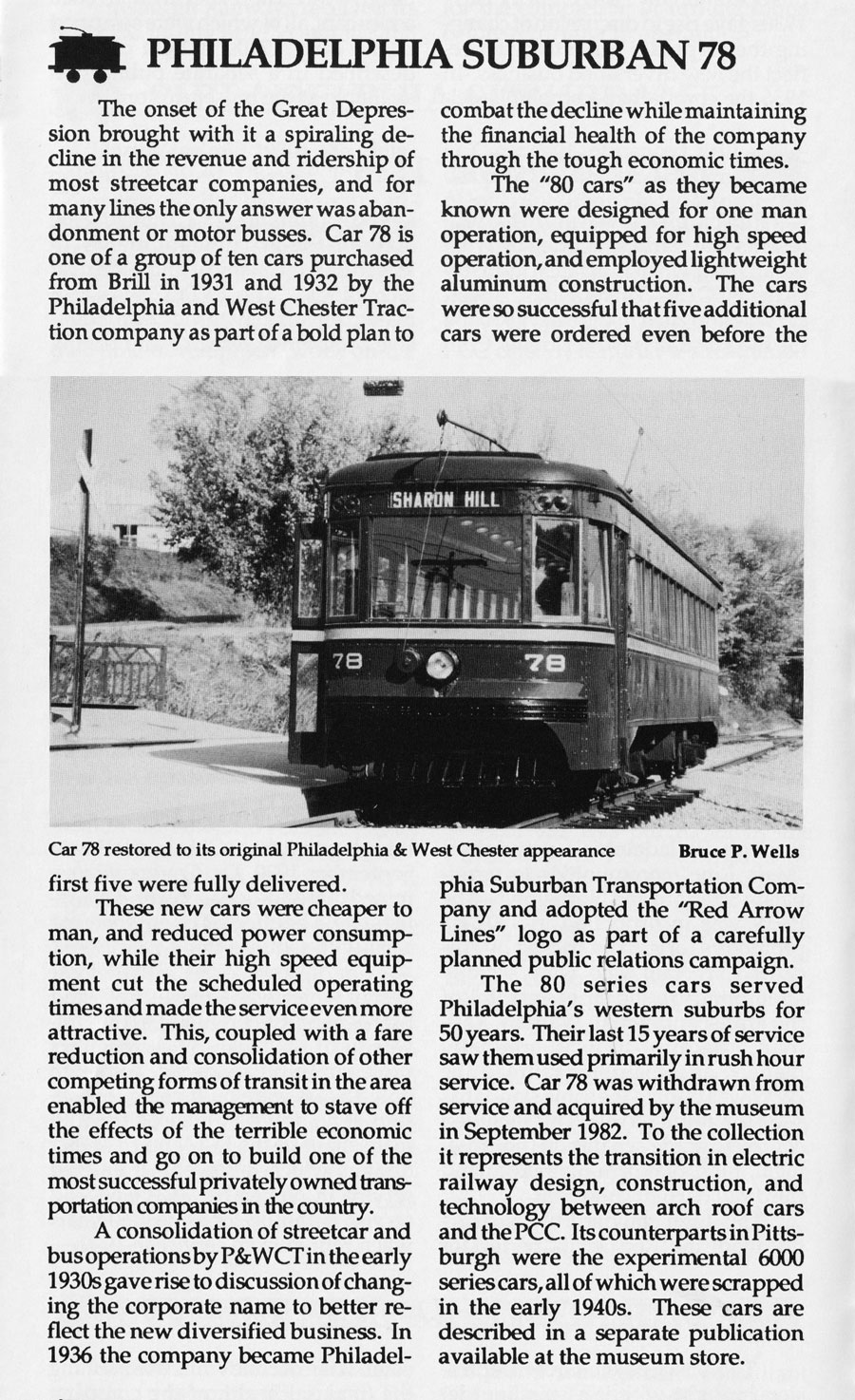
from Pennsylvania Trolley Museum history / collection
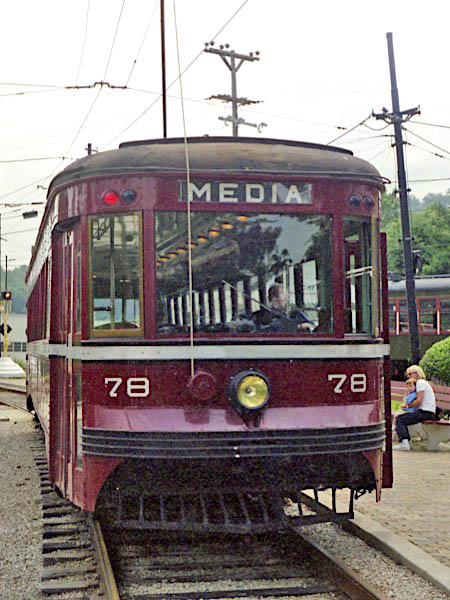
Jun 2003 / RWH

Jun 2003 / RWH

Washington, Pa / June 2003 / RWH
Other Trolleys
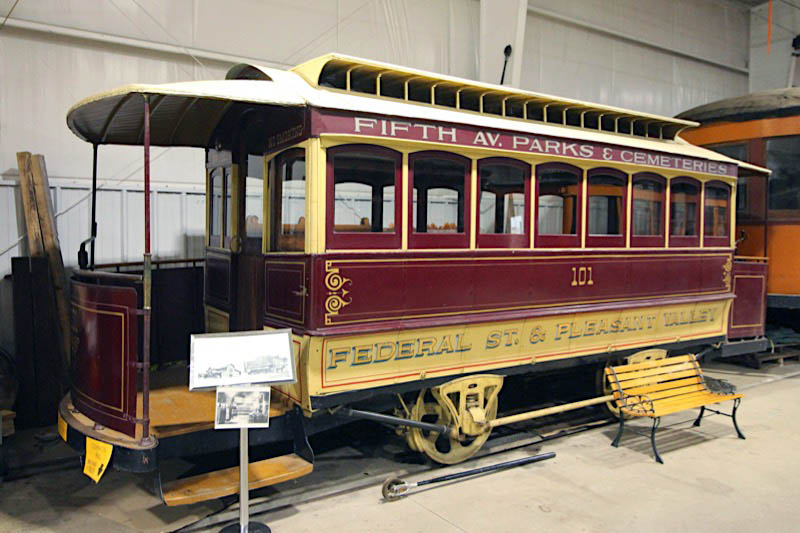
Federal Street & Pleasant Valley #101
Washington, Pa / Jul 2019 / RWH


Federal Street & Pleasant Valley #101
to Allegheny County, display
to Pennsylvania Trolley Museum, 1971
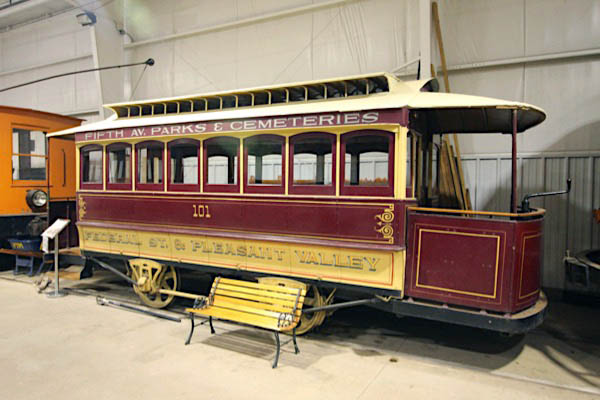
Washington, Pa / Jul 2019 / RWH
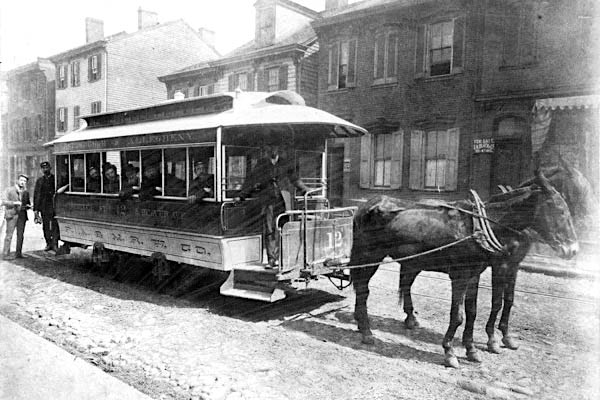
Pennsylvania Trolley Museum
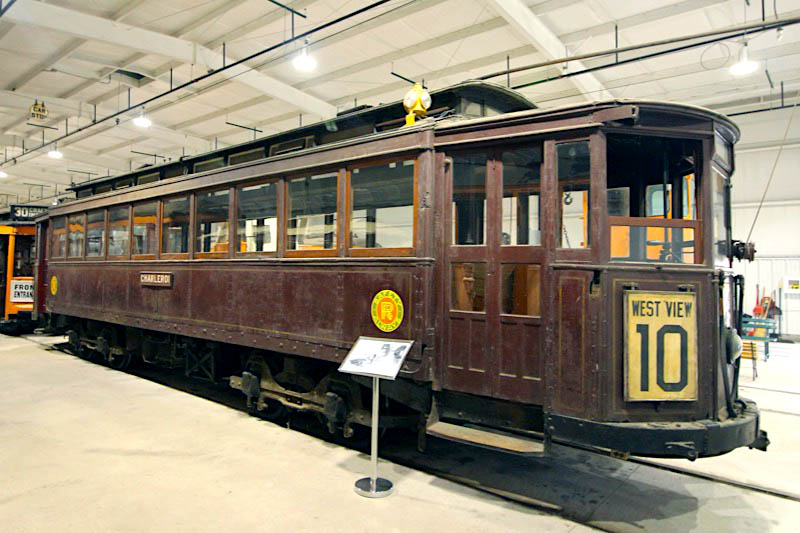
Pittsburgh Railways #3487
Washington, Pa / Jul 2019 / RWH


Pittsburgh Railways #3487
converted to work car, 1934
to Pennsylvania Trolley Museum, 1956
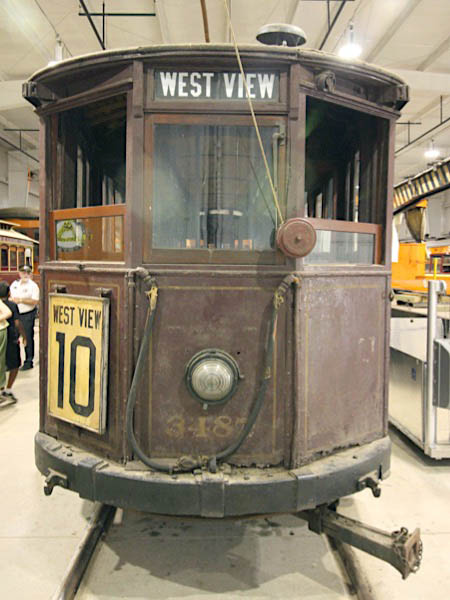
Jul 2019 / RWH
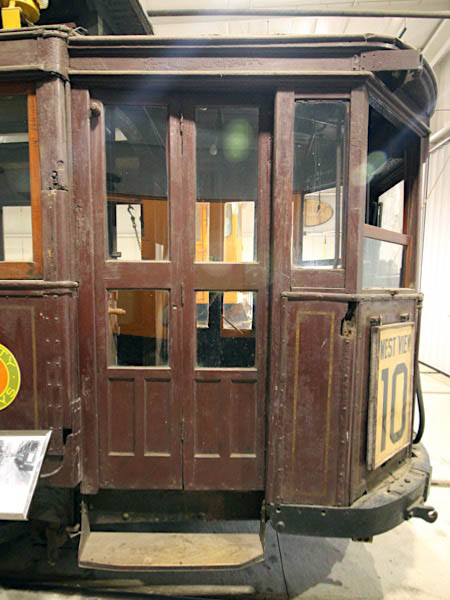
Jul 2019 / RWH

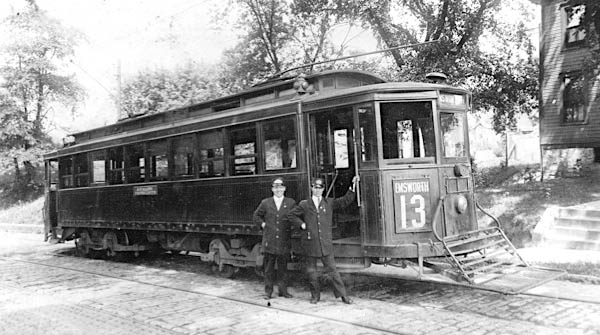 Trolley patronage grew dramatically after 1900, necessitating larger streetcars than the first four-wheelers. Car 3487 is an early example of a heavy eight-wheel model. Underneath the steel sheeting is an almost all-wood design. The car’s powerful motors allowed trailers to be towed for even more capacity. This is the type of car that opened service on the Charleroi interurban route in 1902.
Car 3487 was converted for work car duty in 1934 (it was based at the Charleroi Car House) and thus survived into the 1950s, when it was acquired by the Museum. It is the last of its type.
Trolley patronage grew dramatically after 1900, necessitating larger streetcars than the first four-wheelers. Car 3487 is an early example of a heavy eight-wheel model. Underneath the steel sheeting is an almost all-wood design. The car’s powerful motors allowed trailers to be towed for even more capacity. This is the type of car that opened service on the Charleroi interurban route in 1902.
Car 3487 was converted for work car duty in 1934 (it was based at the Charleroi Car House) and thus survived into the 1950s, when it was acquired by the Museum. It is the last of its type.
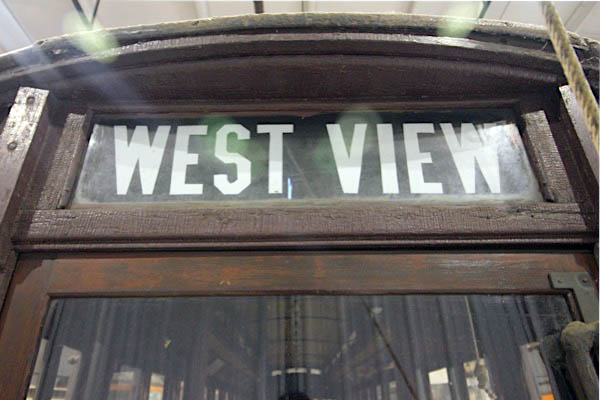
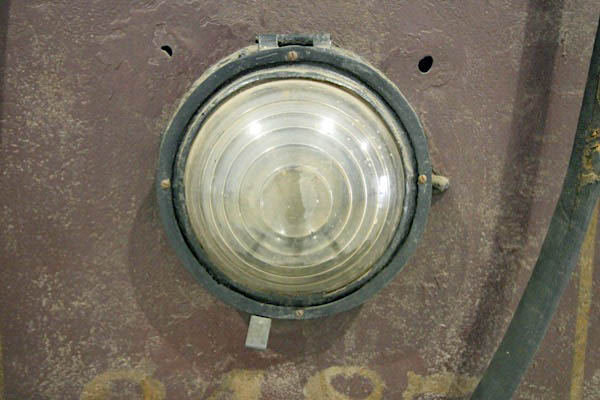

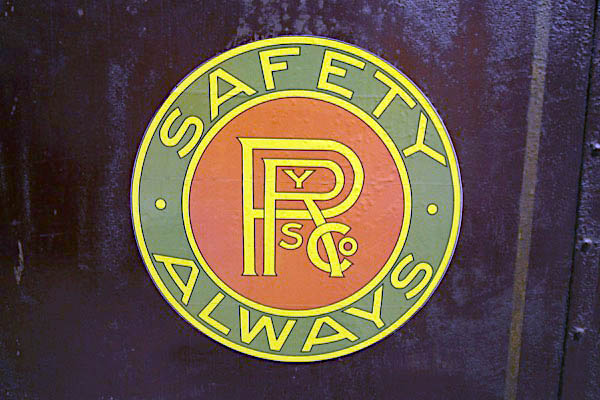
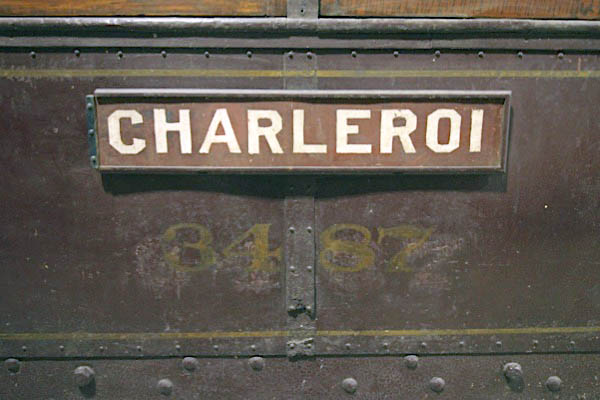

Jul 2019 / RWH

Washington, Pa / Jul 2019 / RWH
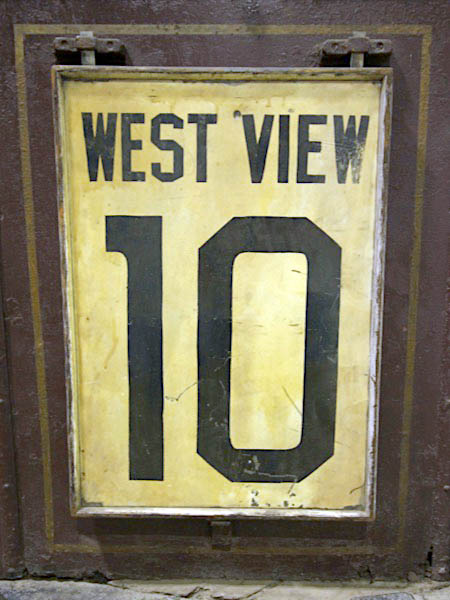
Jul 2019 / RWH
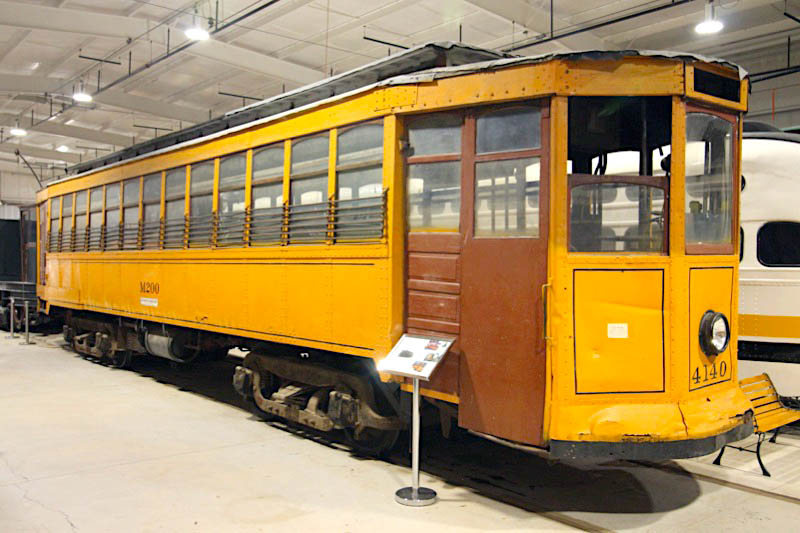
Pittsburgh Railways Tow Car #M200
Washington, Pa / Jul 2019 / RWH


Pittsburgh Railways Tow Car #M200
converted to snow scraper
converted to tow car
to Pennsylvania Trolley Museum, 1972
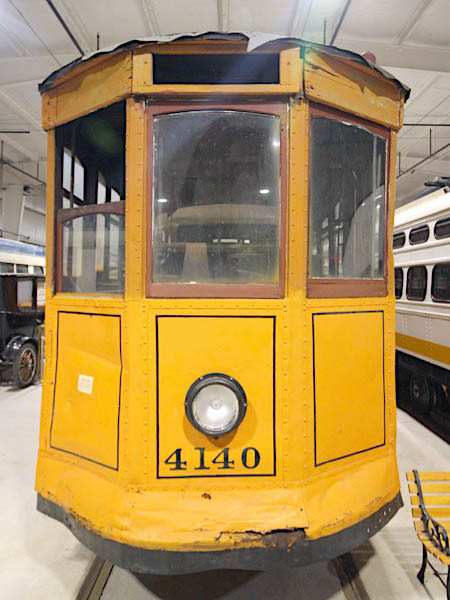
Jul 2019 / RWH
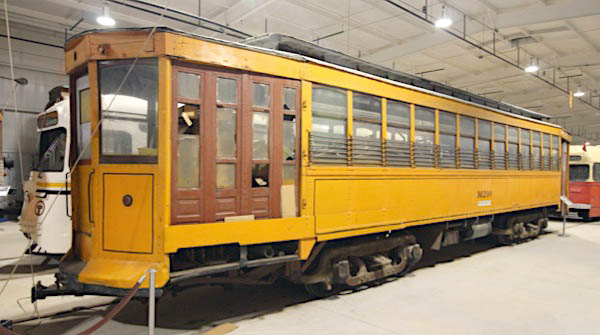
Washington, Pa / Jul 2019 / RWH
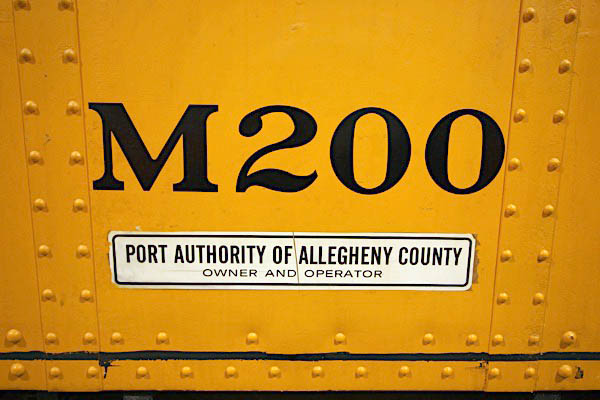
Jul 2019 / RWH
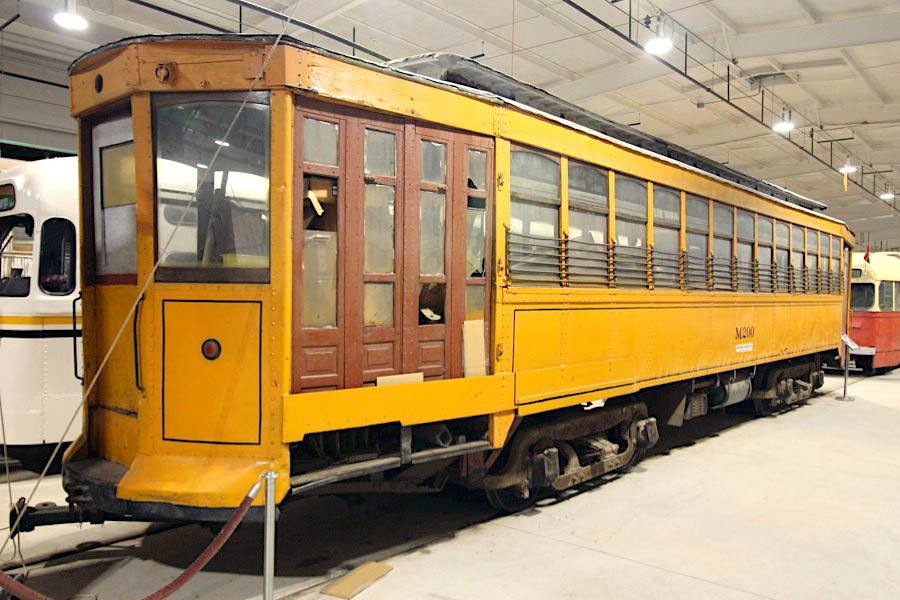
Washington, Pa / Jul 2019 / RWH
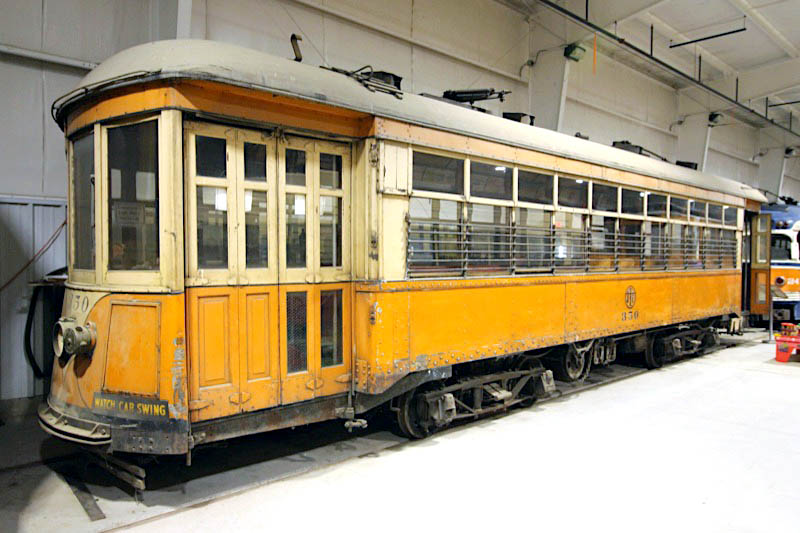
Johnstown Traction Company #350
Washington, Pa / Jul 2019 / RWH


Johnstown Traction Company #350
to Pennsylvania Trolley Museum, 1959

Jul 2019 / RWH
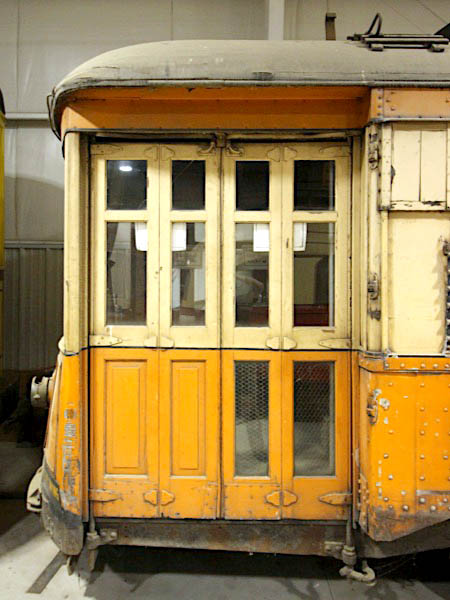
Jul 2019 / RWH

 Johnstown is a medium-sized city whose economy relied heavily on the steel industry. The nature of that business, with its large number of employees changing shifts three times daily, was a ready-made market for the Johnstown Traction Company (JTC), who found it profitable to maintain streetcar operations long after most cities had gone over to buses. JTC even purchased streamlined PCC cars in 1947, the smallest U.S. city to do so.
Johnstown is a medium-sized city whose economy relied heavily on the steel industry. The nature of that business, with its large number of employees changing shifts three times daily, was a ready-made market for the Johnstown Traction Company (JTC), who found it profitable to maintain streetcar operations long after most cities had gone over to buses. JTC even purchased streamlined PCC cars in 1947, the smallest U.S. city to do so.
By 1959, steel industry was suffering and the transit company was reducing its costs accordingly by initiating conversion of its lines to trackless trolleys (electric buses). A number of cars of the 350 series still serviceable on the system and frequently operated on excursions for streetcar enthusiasts like the early volunteers who established this museum. These "fantrips" provided fund raising that helped establish a few trolley museums. Because of this several cars found their way to museum operation with the first of them preserved here in September of 1959.
Car 350 is a perfect "time warp," as it remains in virtually the same condition as it was in its last days of service in Johnstown. The car is currently on display at the Trolley Display Building. In June of 2004 it was placed on wheel sets (trucks) from Pittsburgh for the trip to the newly built TDB. Plans for the future are to re-gauge the original trucks so that the car may operate on the museum's demonstration railway.
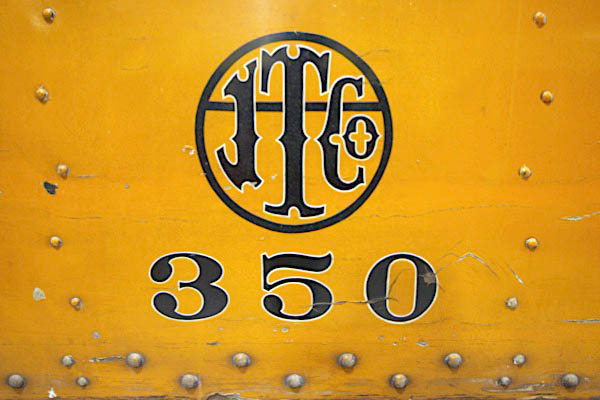
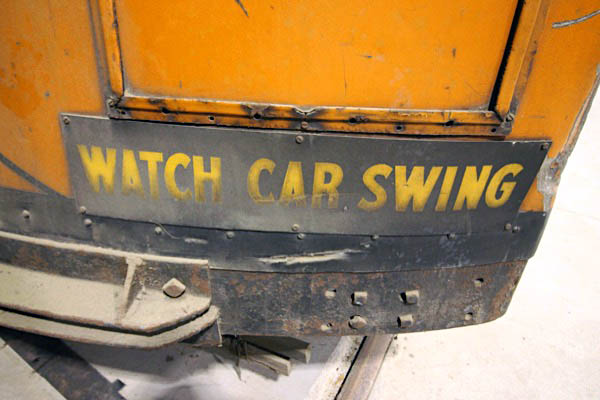
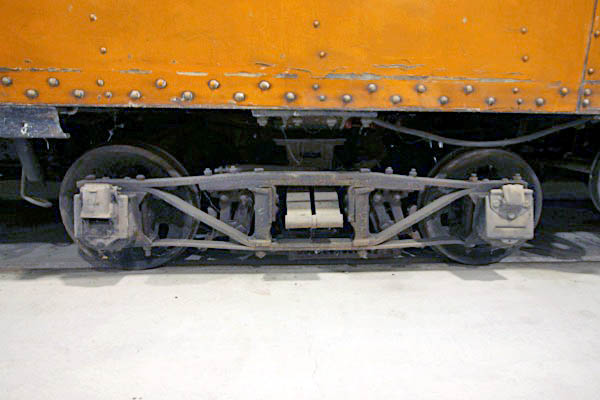

Jul 2019 / RWH

Washington, Pa / Jul 2019 / RWH
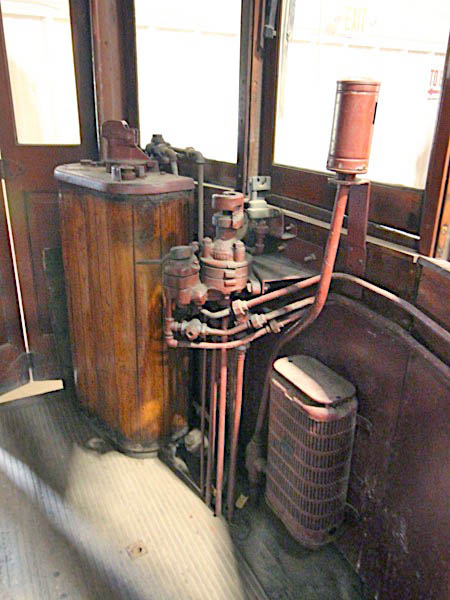
Jul 2019 / RWH
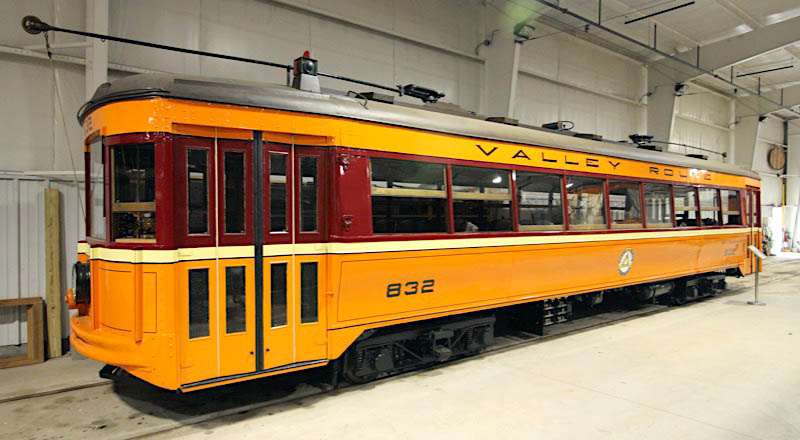
West Penn Railways #832
Washington, Pa / Jul 2019 / RWH


West Penn Railways #832
to Coke Region division
to Pennsylvania Trolley Museum, 1952

Washington, Pa / Jul 2019 / RWH

Jul 2019 / RWH

 A dozen of these lightweight, “curved-side” cars were acquired for West Penn’s Allegheny Valley Street Railway during the winter of 1929-30. Introduced on Valentine’s Day 1930, they afforded patrons the finest accommodations of the day on the routes between Aspinwall, New Kensington and Natrona. Company accountants liked them, too, because they required one crewman instead of two.
After the Valley Route was abandoned in 1937, the cars were moved to the company’s Coke Region division, where they ran on routes to Latrobe, Fairchance, Phillips and South Connellsville. 832 was the last of the series in service, finishing up on the South Connellsville route at the end of rail operations in 1952.
A dozen of these lightweight, “curved-side” cars were acquired for West Penn’s Allegheny Valley Street Railway during the winter of 1929-30. Introduced on Valentine’s Day 1930, they afforded patrons the finest accommodations of the day on the routes between Aspinwall, New Kensington and Natrona. Company accountants liked them, too, because they required one crewman instead of two.
After the Valley Route was abandoned in 1937, the cars were moved to the company’s Coke Region division, where they ran on routes to Latrobe, Fairchance, Phillips and South Connellsville. 832 was the last of the series in service, finishing up on the South Connellsville route at the end of rail operations in 1952.
832 was the second car acquired for the Museum and trucked from Connellsville to Charleroi Car House on the Pittsburgh Railways system in February 1953. In May 1953 the car was operated on a special fundraising “fantrip” and brought from Charleroi to Ingram Car House. February 7, 1954, West Penn 832 was moved under its own power with Pittsburgh Railways M1 and 3756, to its new home in Washington County along the former Washington interurban right-of-way near the village of Arden. Seven years of outdoor storage took its toll on 832 and the car was inoperative at the time the museum started operation in 1962 and extensive repairs were undertaken. Work on the car was sporatic until 2010 when the restoration effort became the focus of a Transportation Enhancement Grant. A restoration plan was written and bids were received for execution of the work from interested firms. In August 2010 the car and its assorted parts were shipped to Brookville Corporation in Brookville Pennsylvania and work commenced. The car was returned in July of 2011 for completion of work in the PTM restoration shop. That work continues today.
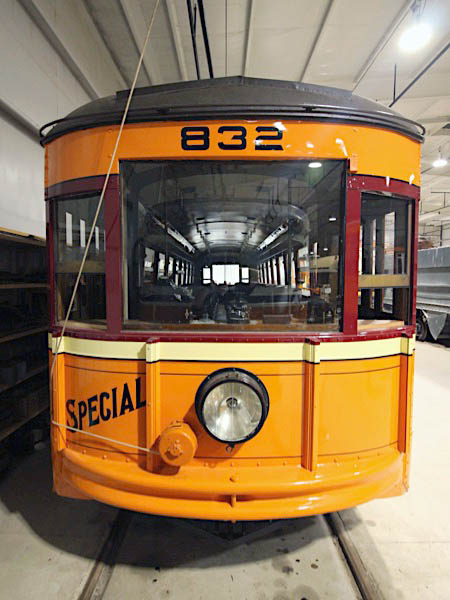
Jul 2019 / RWH
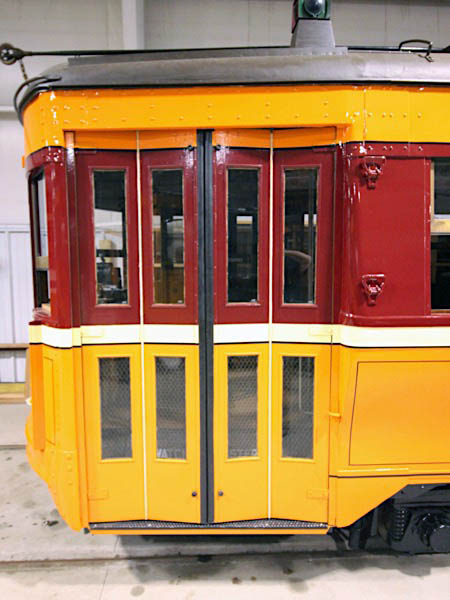
Jul 2019 / RWH
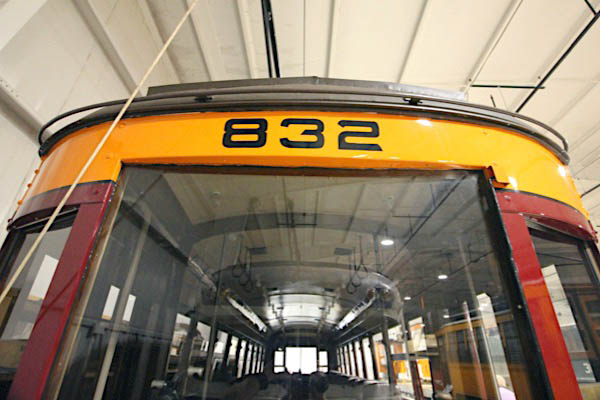
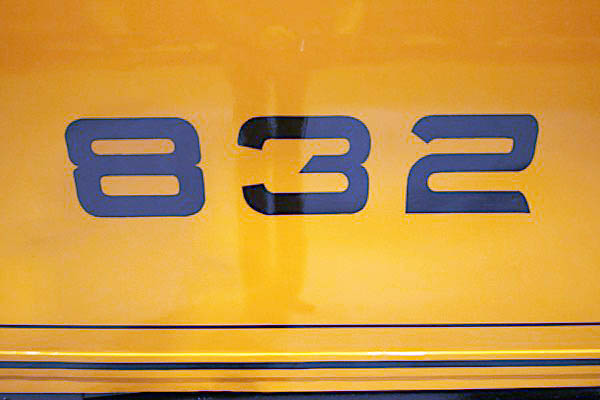
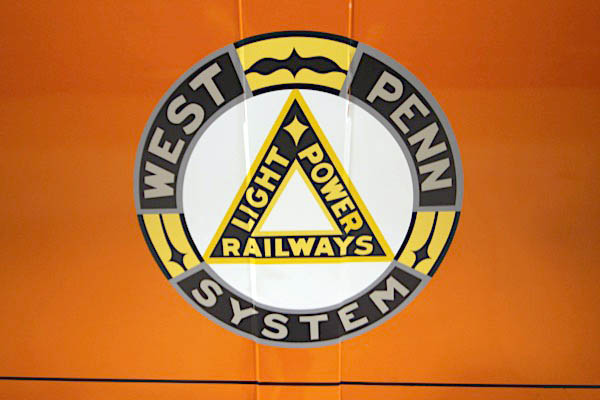
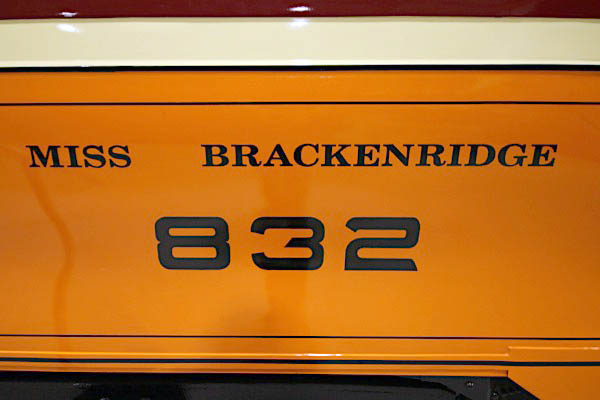
Jul 2019 / RWH
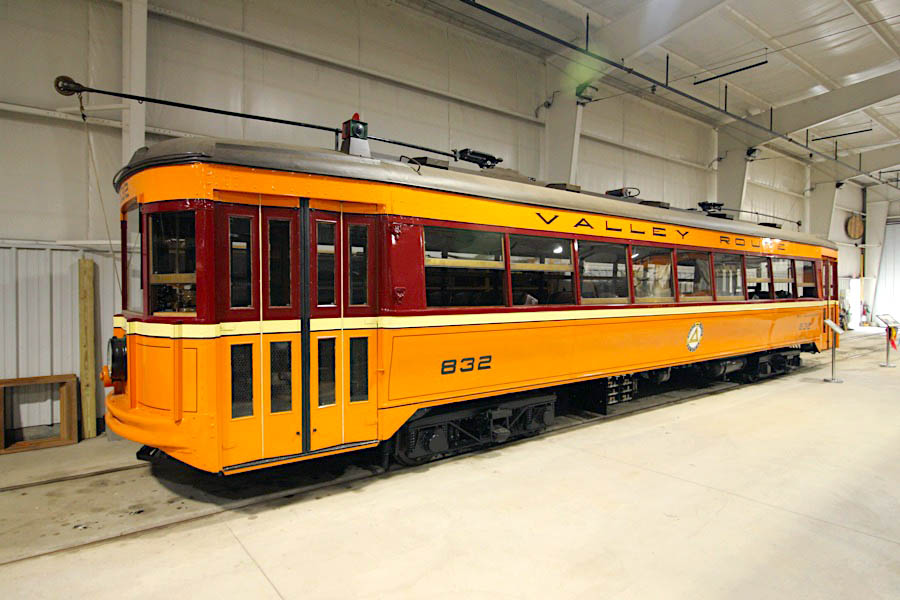
Washington, Pa / Jul 2019 / RWH
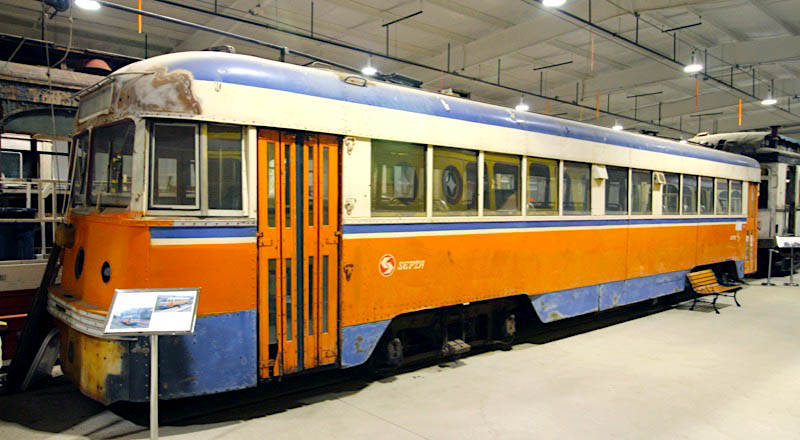
Red Arrow Lines #5
Washington, Pa / Jul 2019 / RWH


Red Arrow Lines #5
to SE Pennsylvania Transit Authority
to Pennsylvania Trolley Museum, 1982
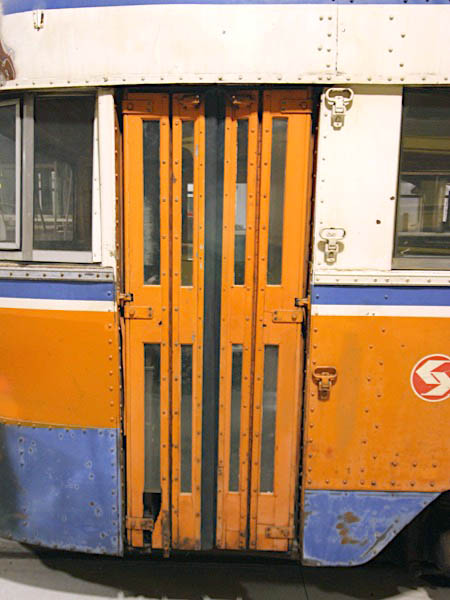
Jul 2019 / RWH
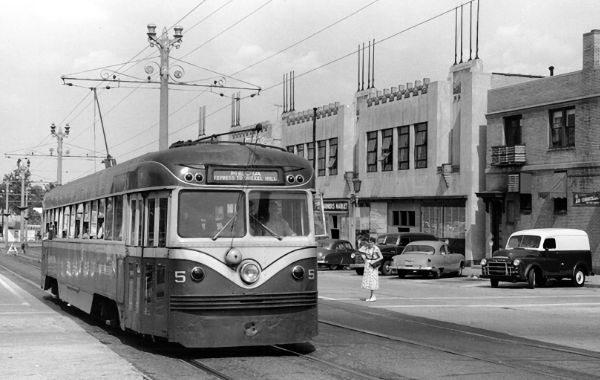
Pennsylvania Trolley Museum

Jul 2019 / RWH
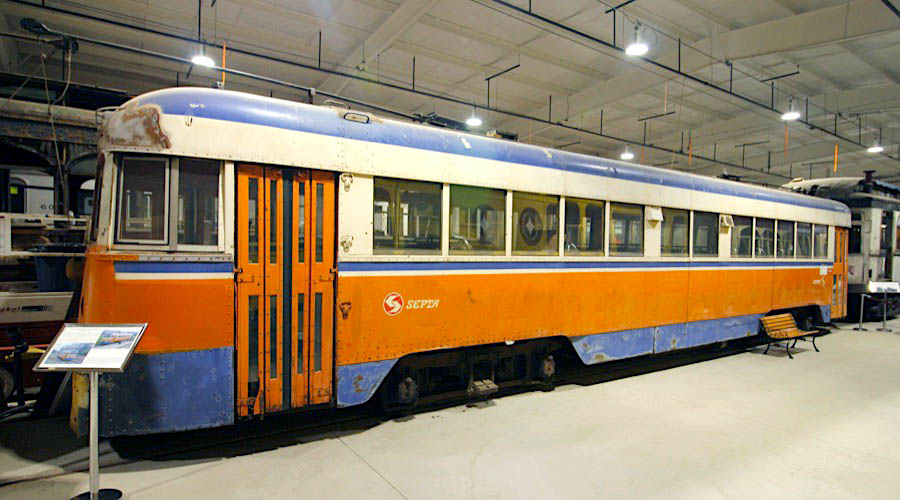
Washington, Pa / Jul 2019 / RWH

Red Arrow Lines #24
Washington, Pa / Jul 2019 / RWH


Red Arrow Lines #24
to SE Pennsylvania Transit Authority
to Pennsylvania Trolley Museum, 1983
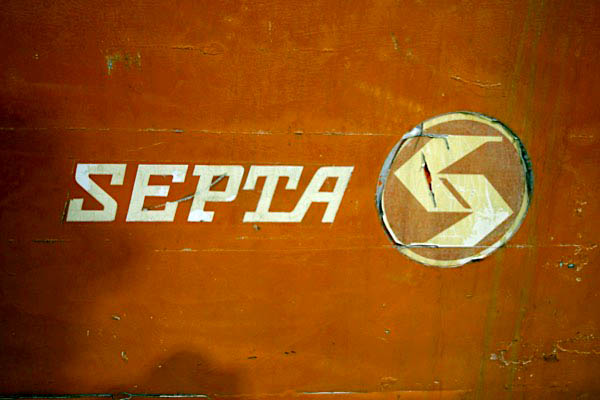
Jul 2019 / RWH

Jul 2019 / RWH
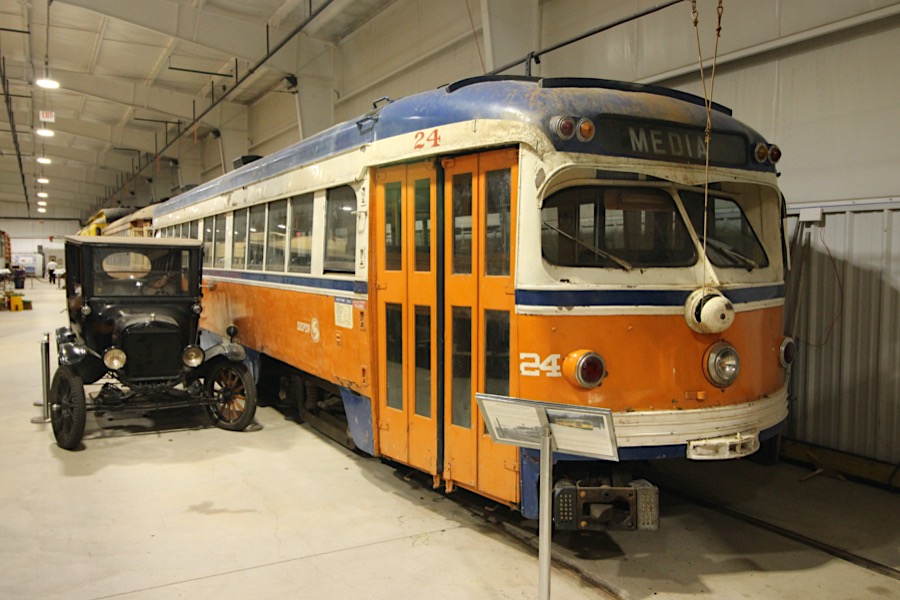
Washington, Pa / Jul 2019 / RWH
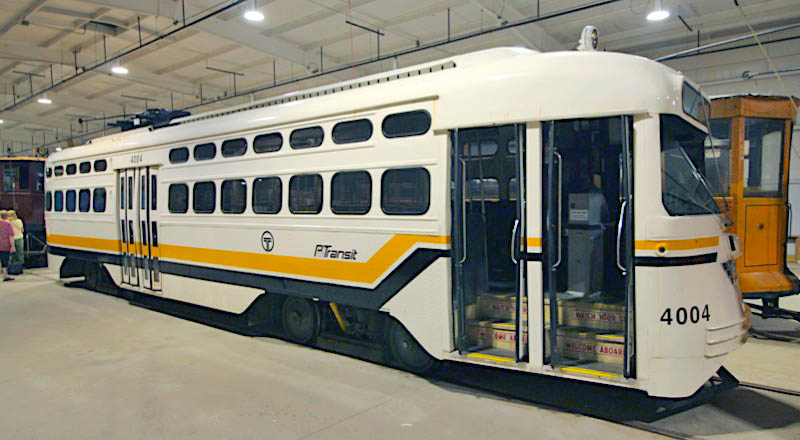
Port Authority Transit #4004
Washington, Pa / Jul 2019 / RWH


Port Authority Transit #4004
to Pennsylvania Trolley Museum, 2004
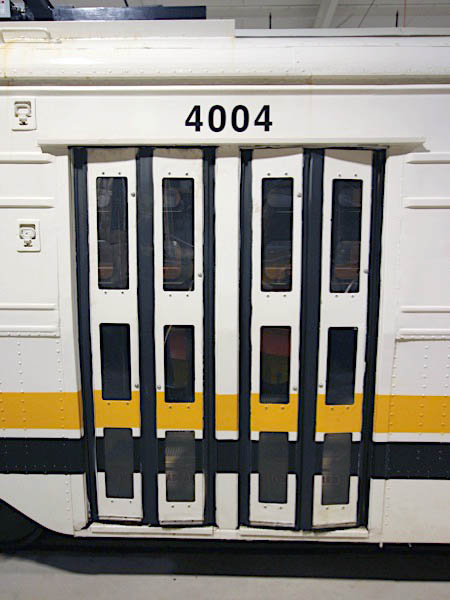
Jul 2019 / RWH
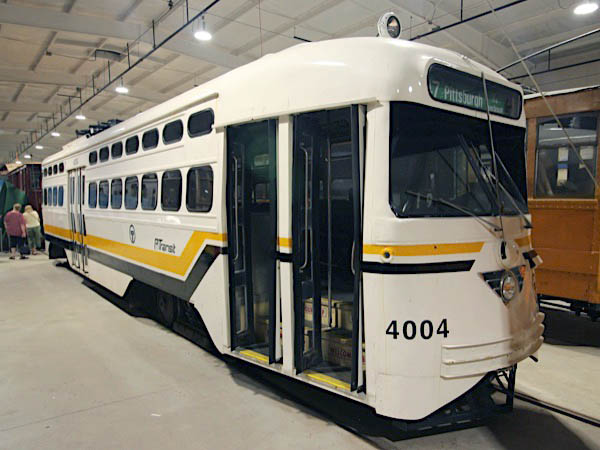
Washington, Pa / Jul 2019 / RWH
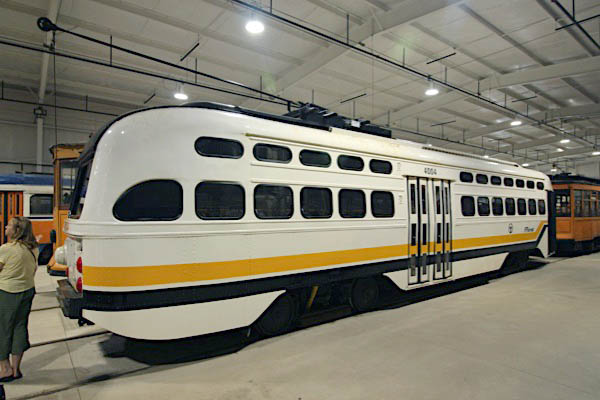
Washington, Pa / Jul 2019 / RWH

When some of Pittsburgh’s South Hills trolley lines were being upgraded to light rail standards and new equipment was being purchased, the Port Authority undertook a program to remanufacture 1949-vintage PCC cars for use on the Library and Overbrook routes. At the time these lines were not being rebuilt and required operation using the smaller lighter cars traditionally used on these lines. Originally slated to include 45 cars, the program ended with only a dozen rebuilds, due to cost realities. Those that were finished, however, were essentially new cars, with all-new electrical and running gear of the type and style that they were originally equipped. In September 1999 car 4004 was the last PCC to operate in revenue service, ending 63 years of PCC car operation in Pittsburgh. It was donated to the Pennsylvania Trolley Museum by the Port Authority, who generously stored the car until the new Trolley Display Building was completed, and then repainted it before delivery.
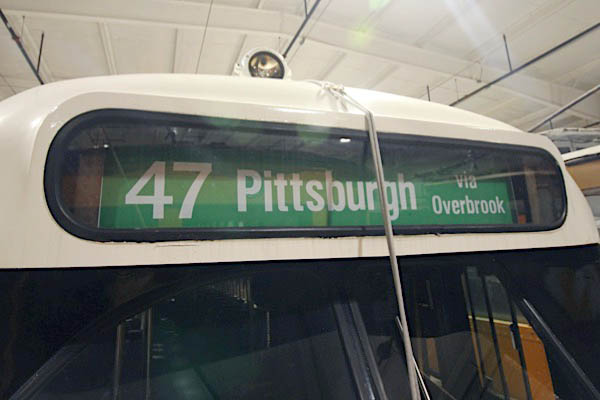

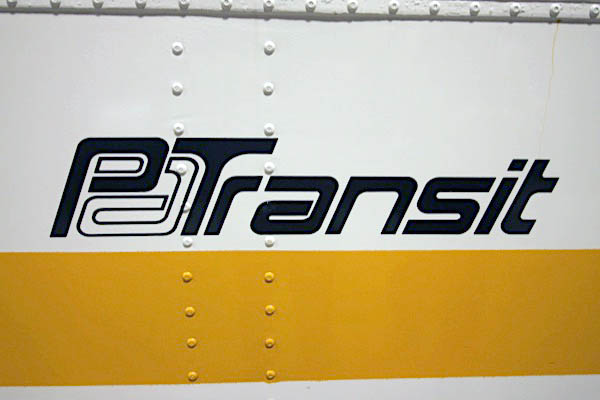
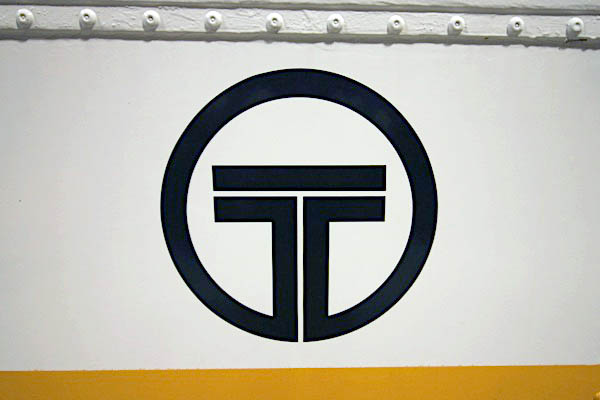
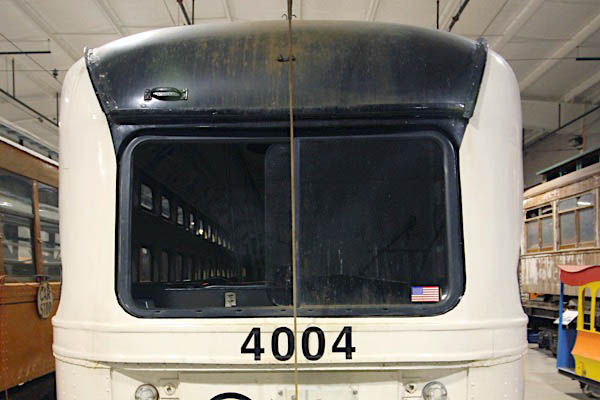
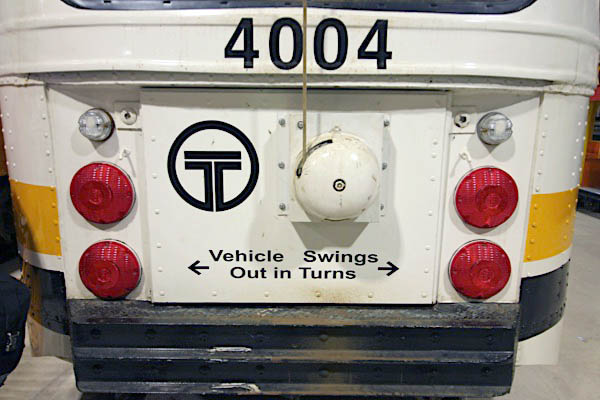
Jul 2019 / RWH

Jul 2019 / RWH
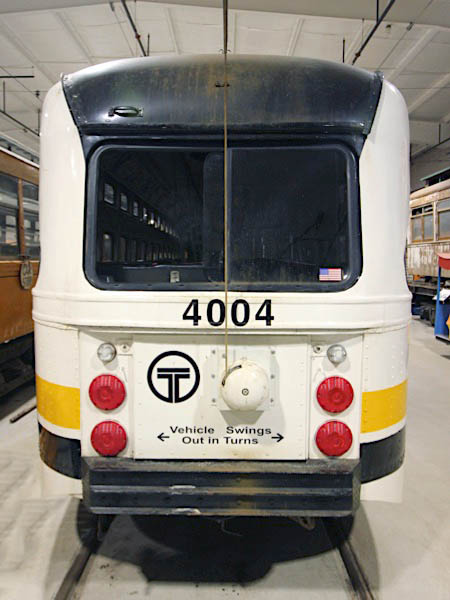
Jul 2019 / RWH

Washington, Pa / Jul 2019 / RWH
Links / Sources
- Pennsylvania Trolley Museum website
- Wikipedia article for Pennsylvania Trolley Museum
- "Old trolleys get new home" — Pittsburgh Post-Gazette
- VisitPittsburgh page for Pennsylvania Trolley Museum
